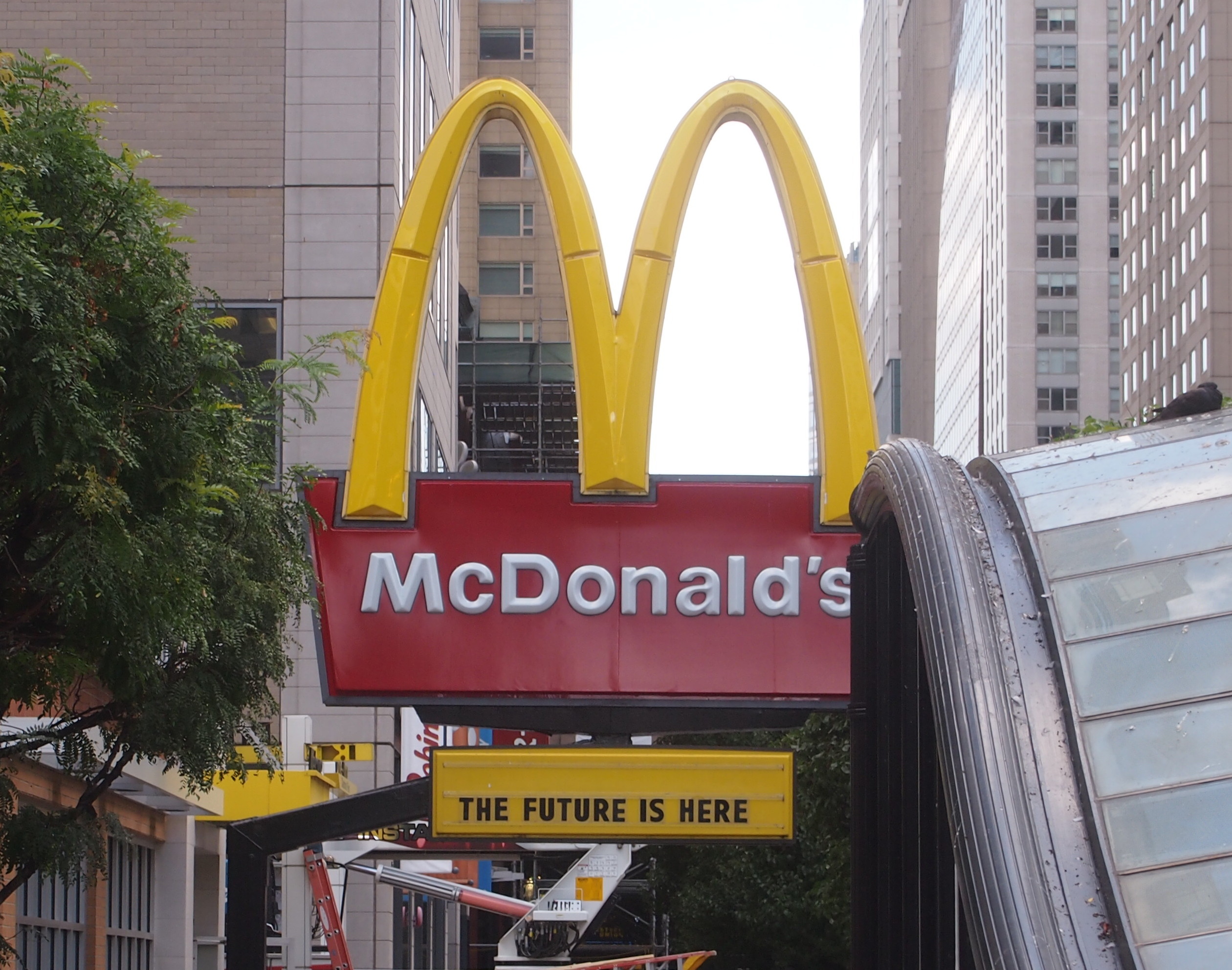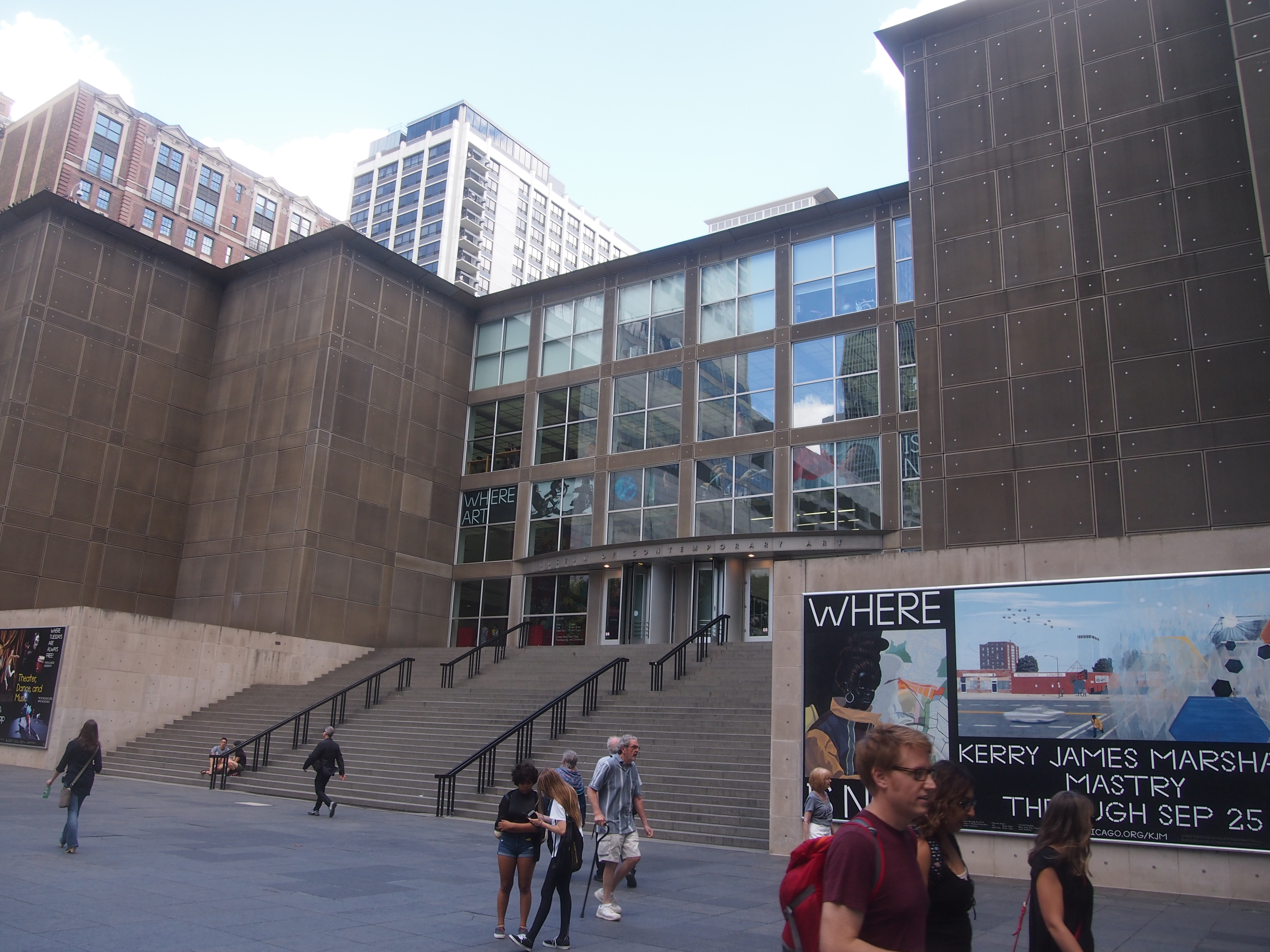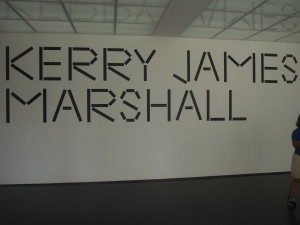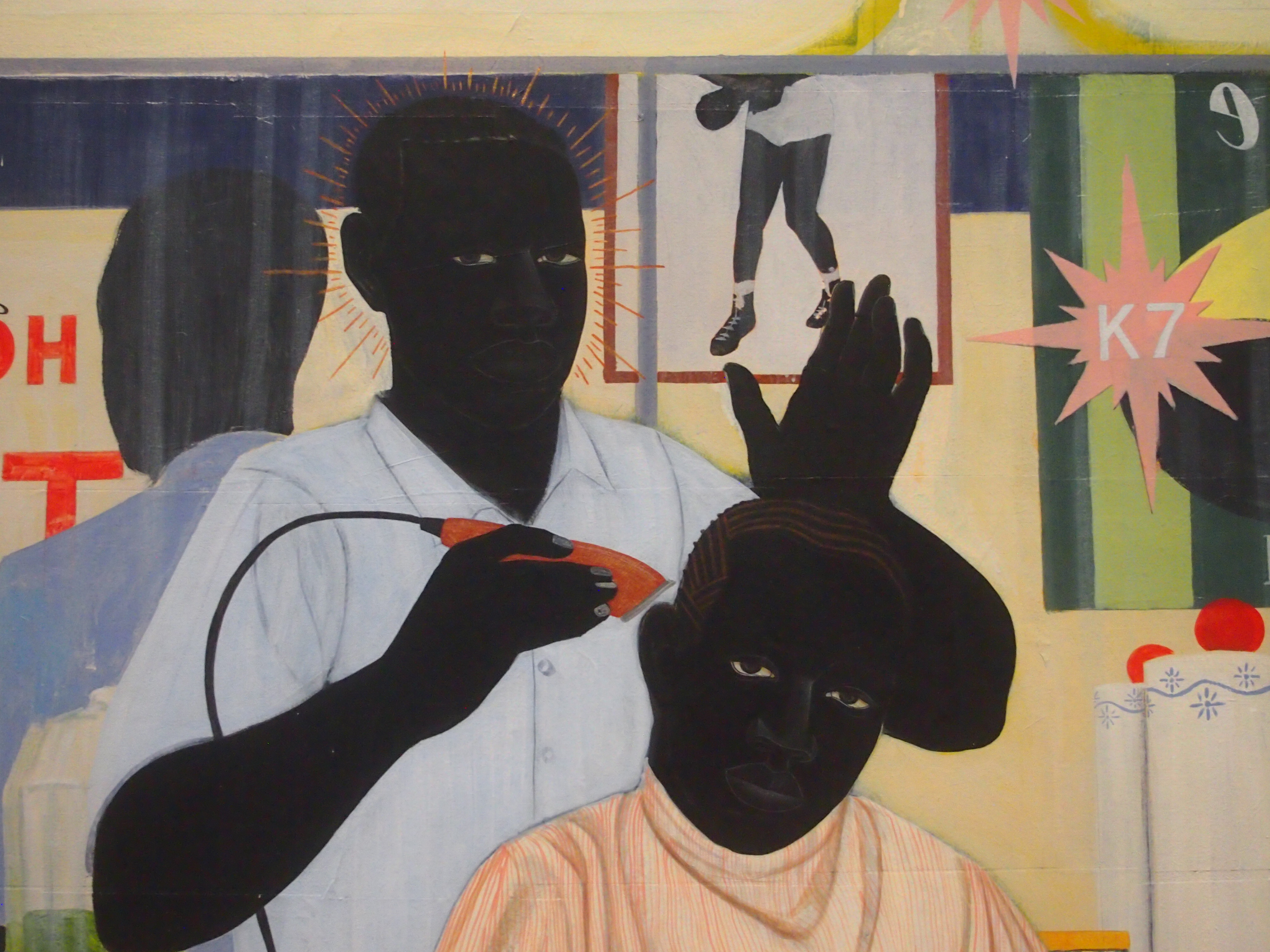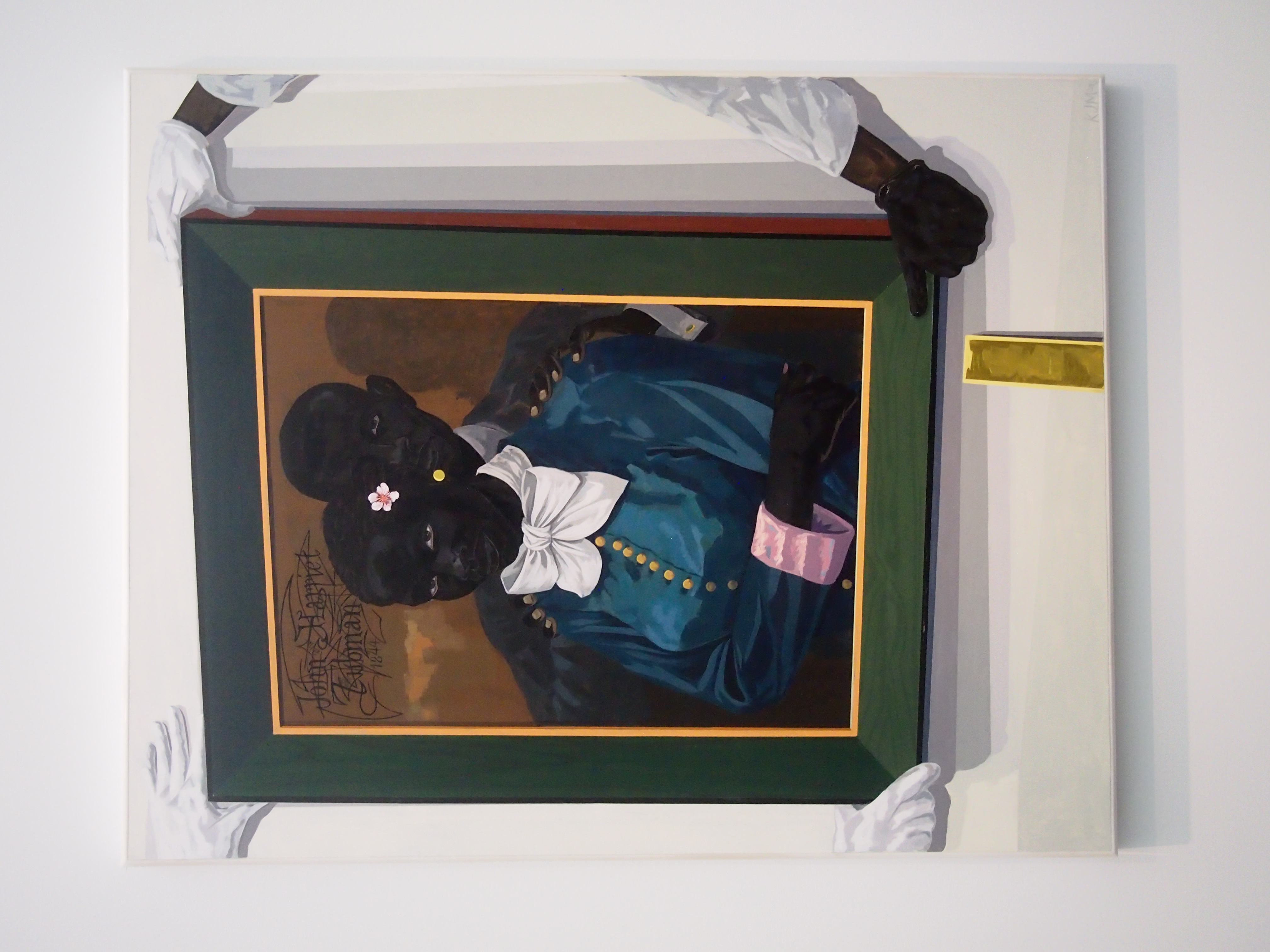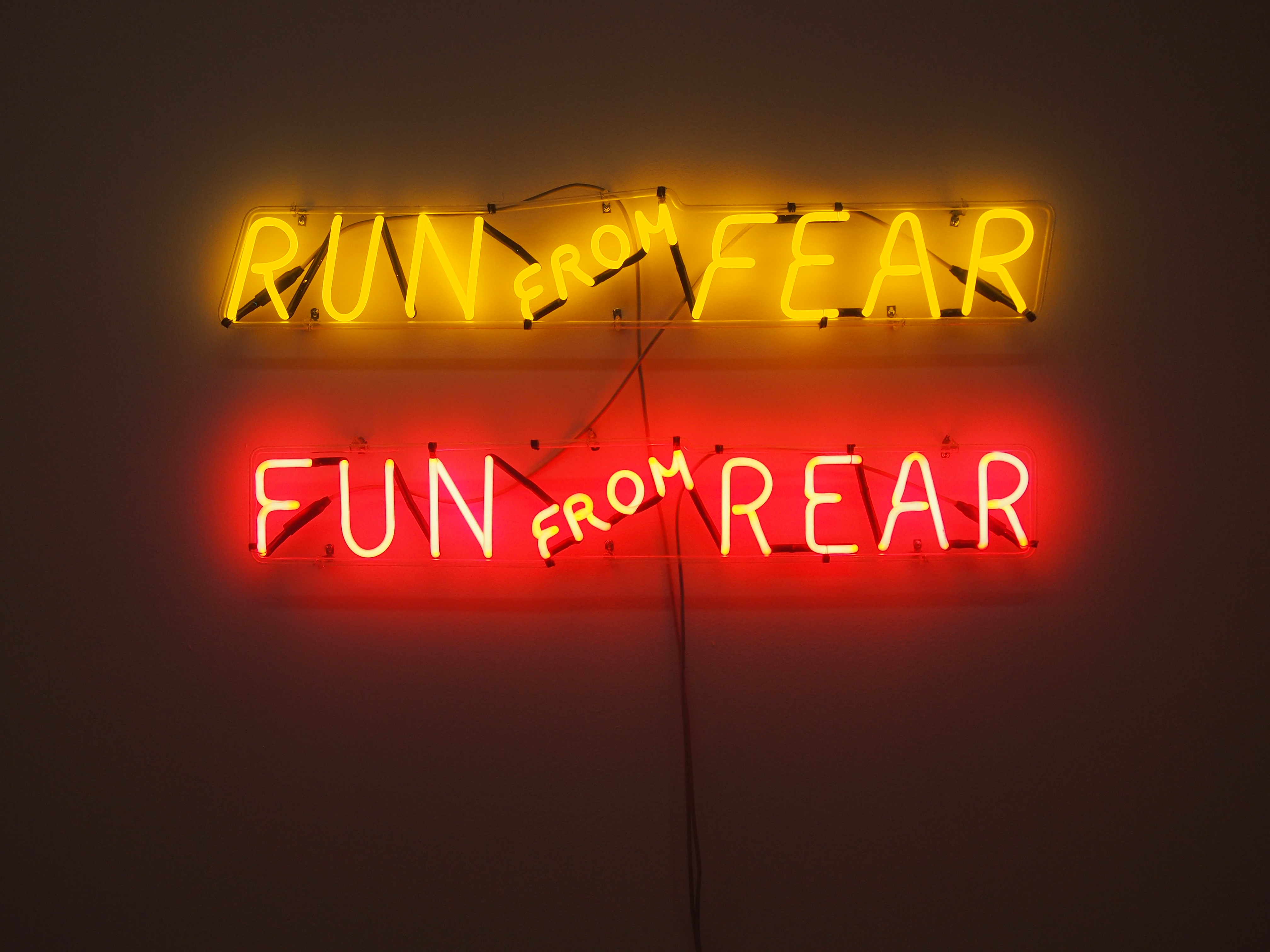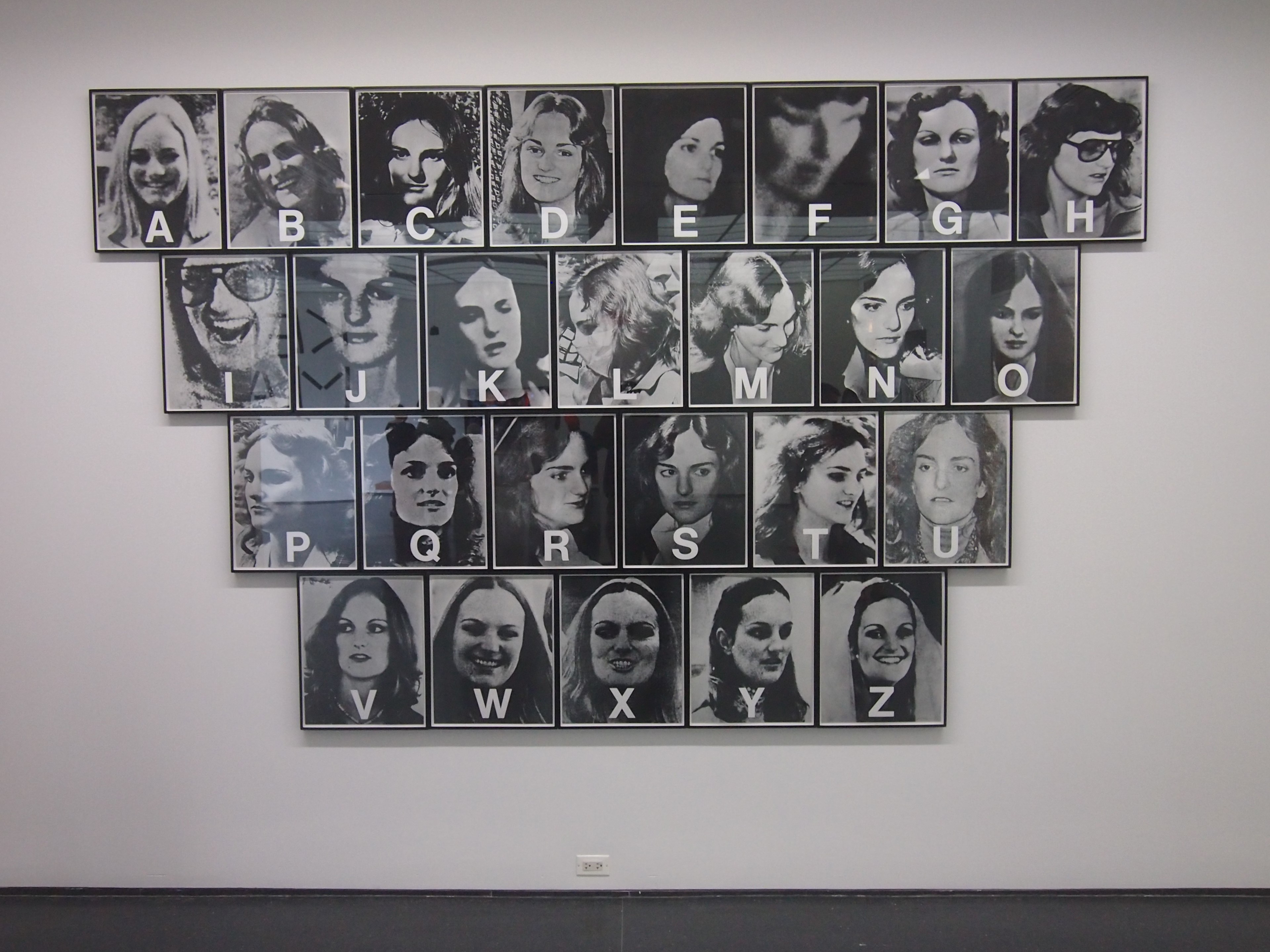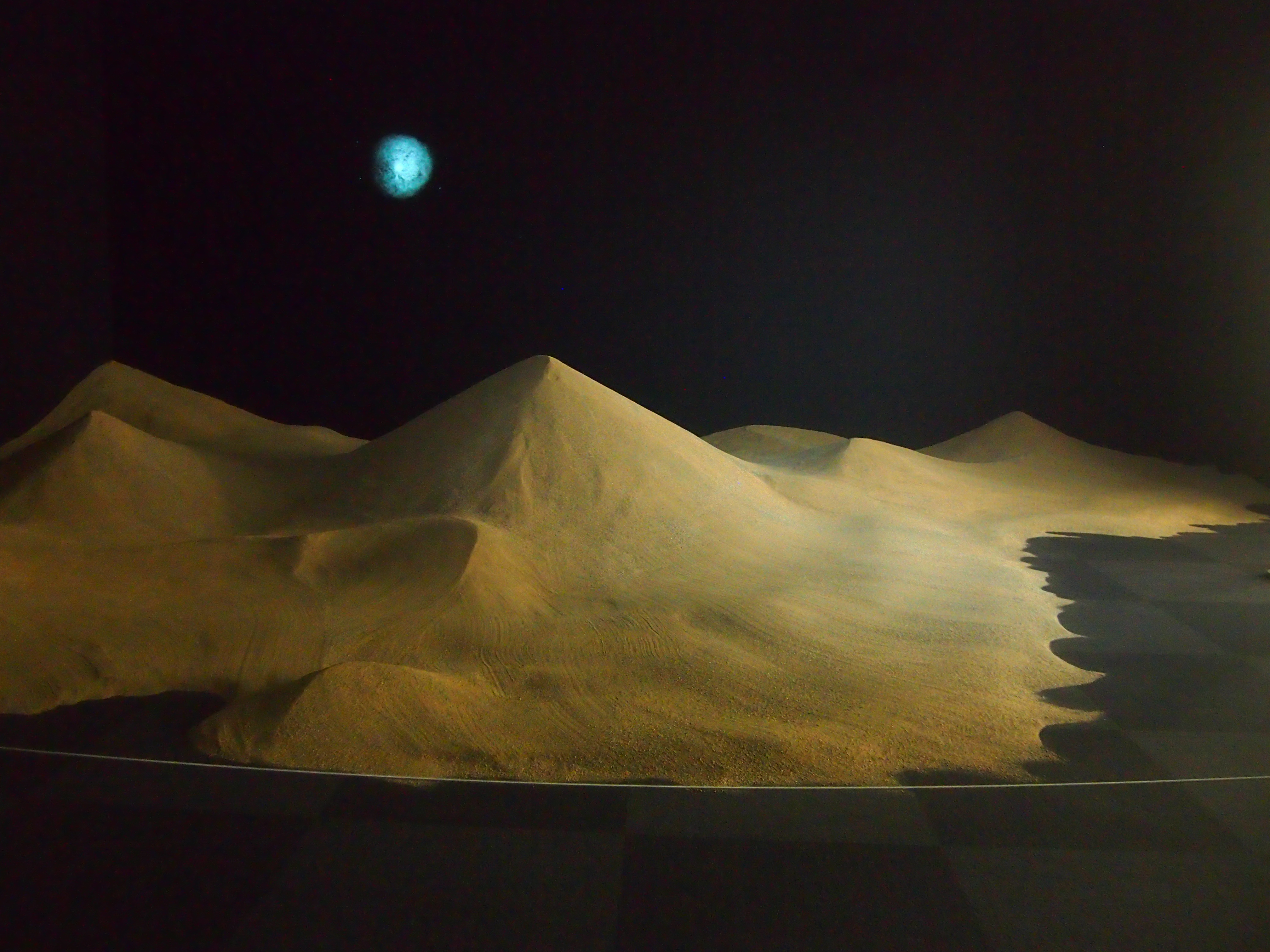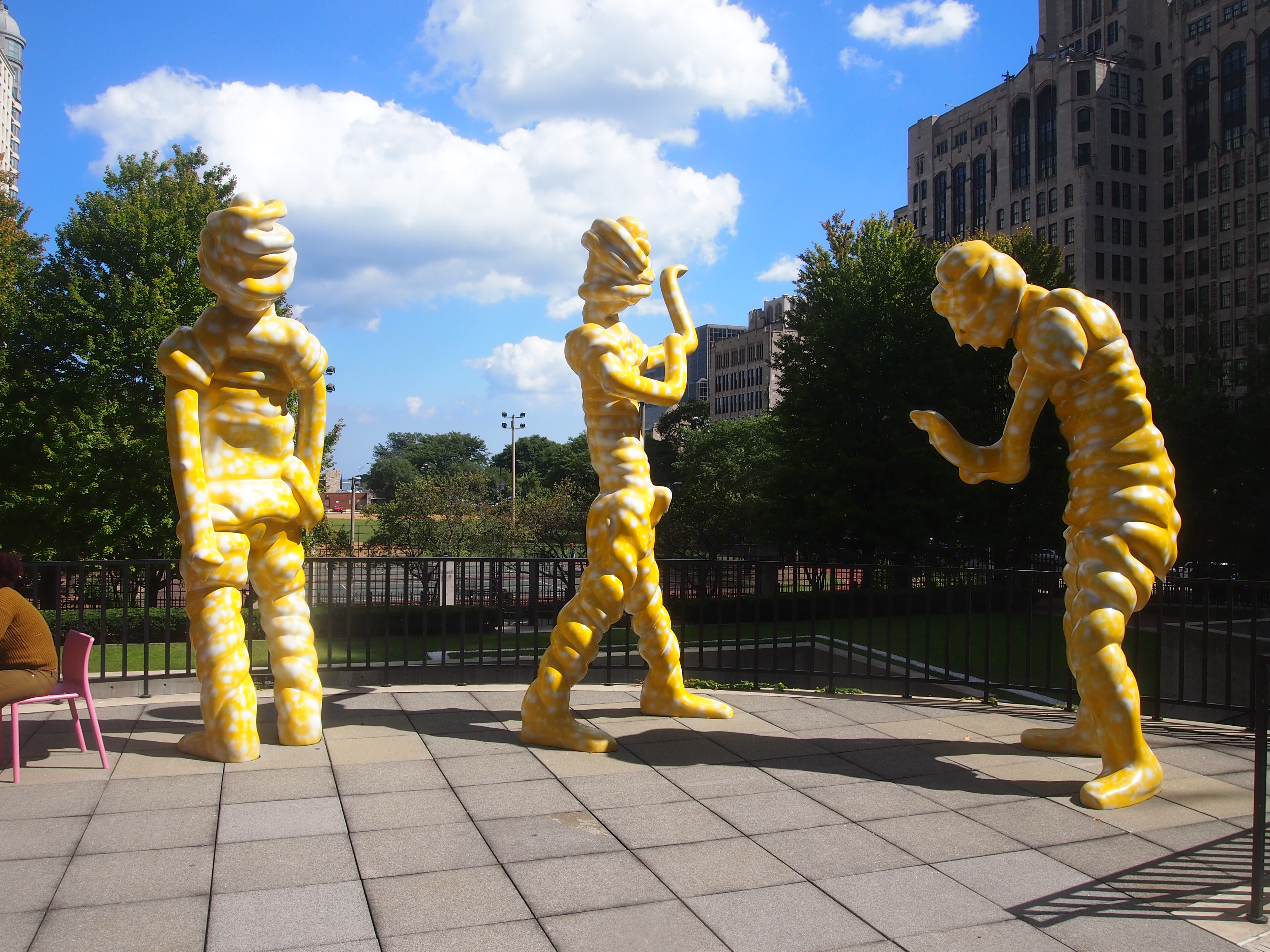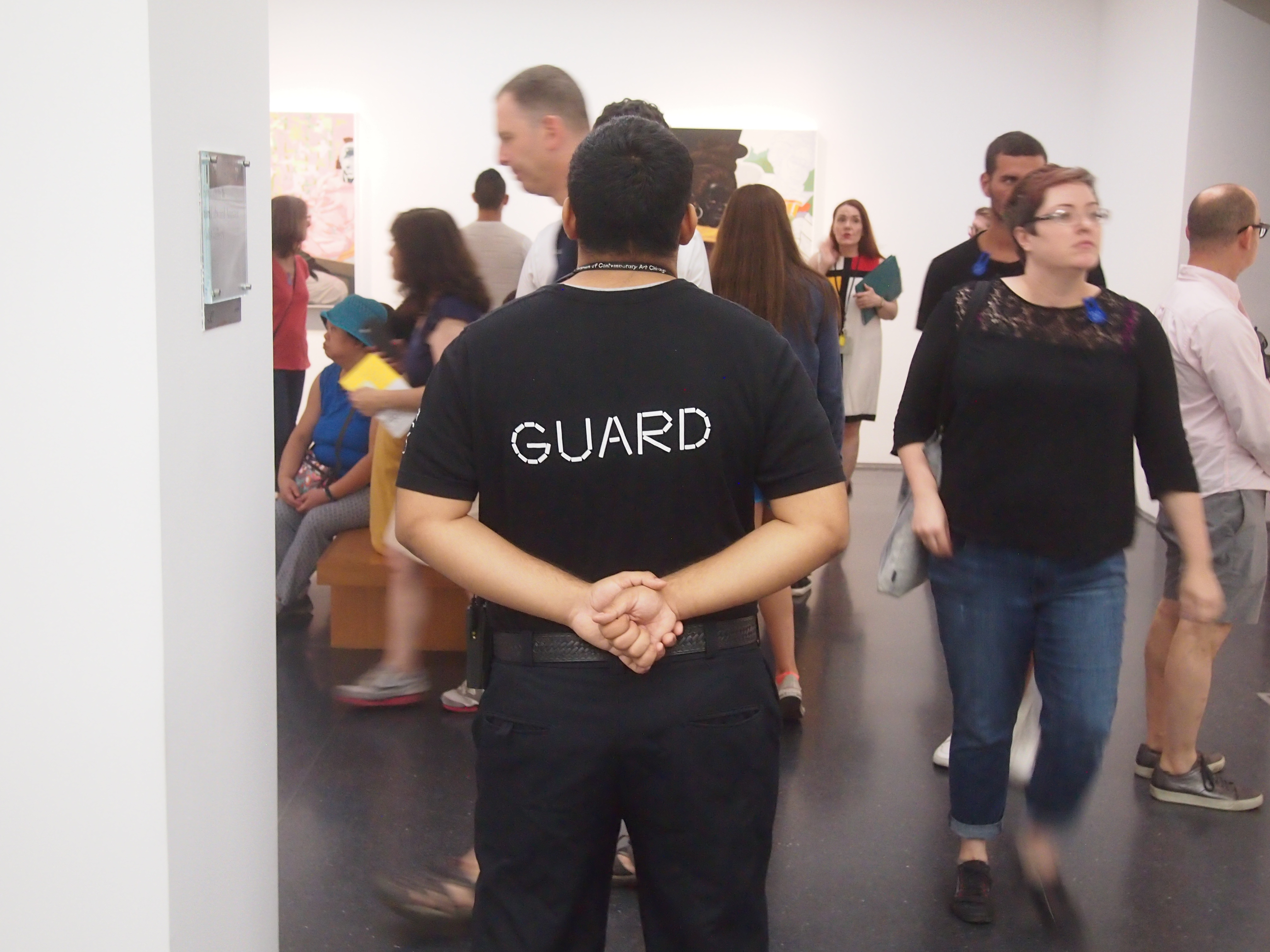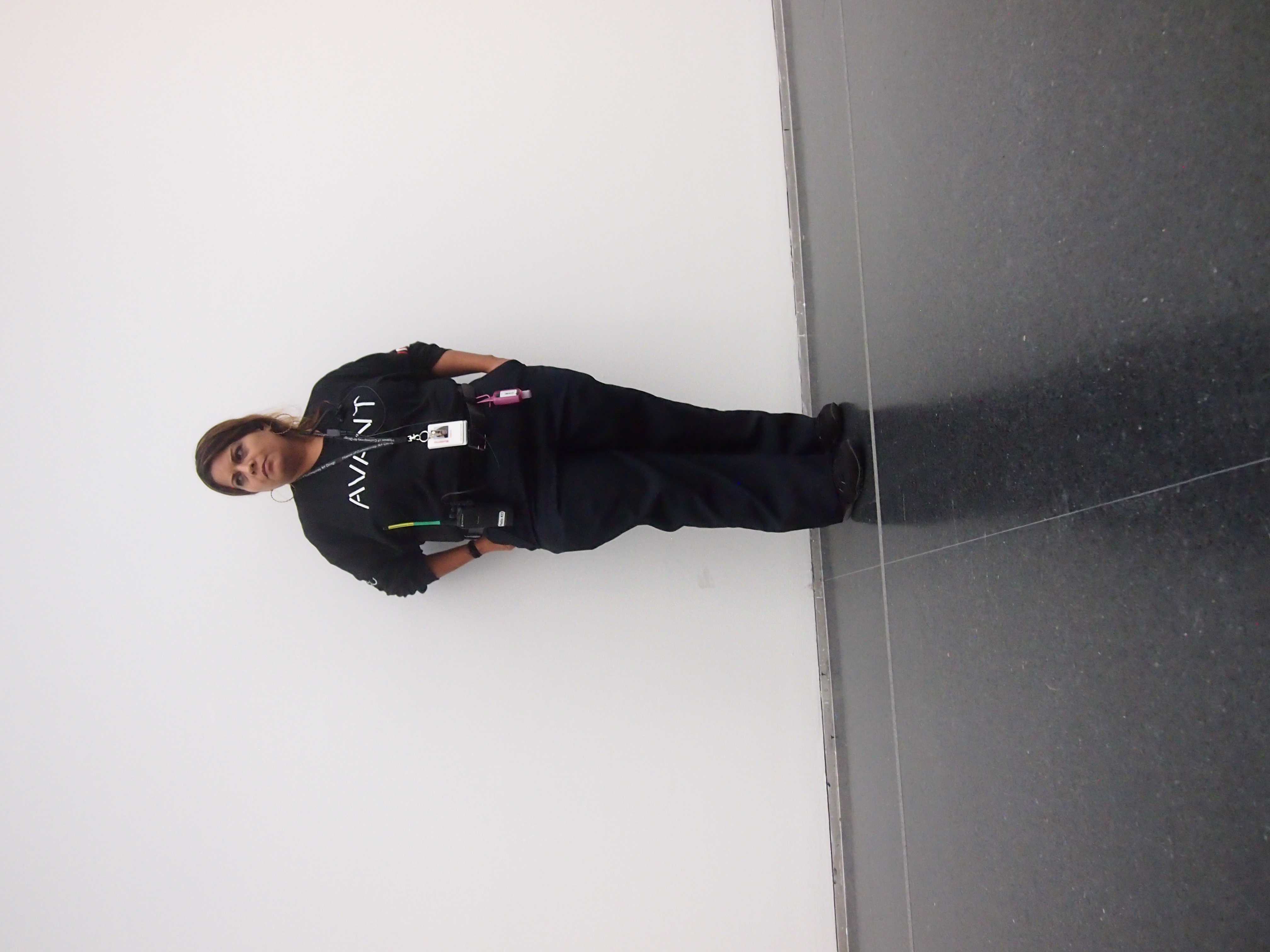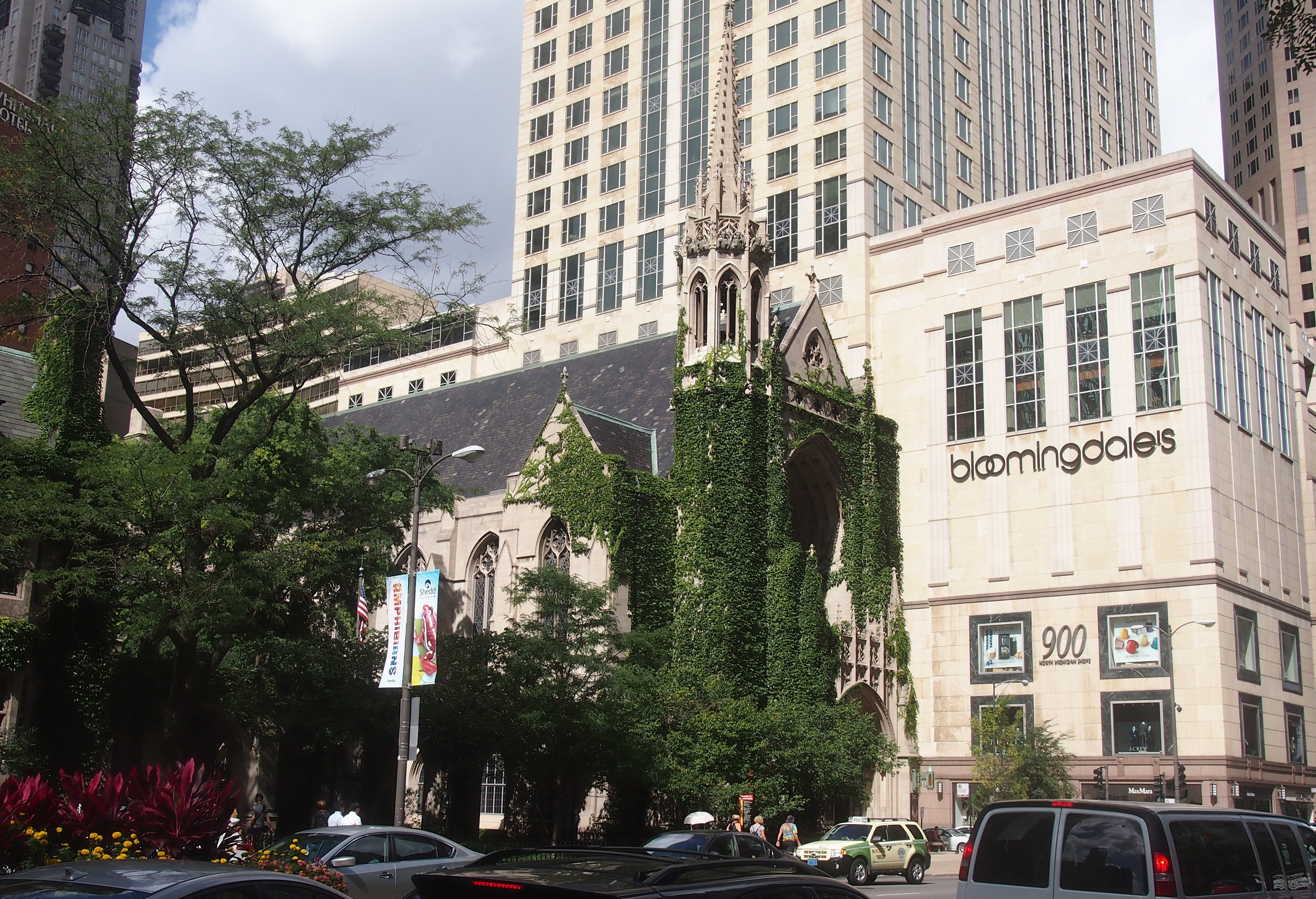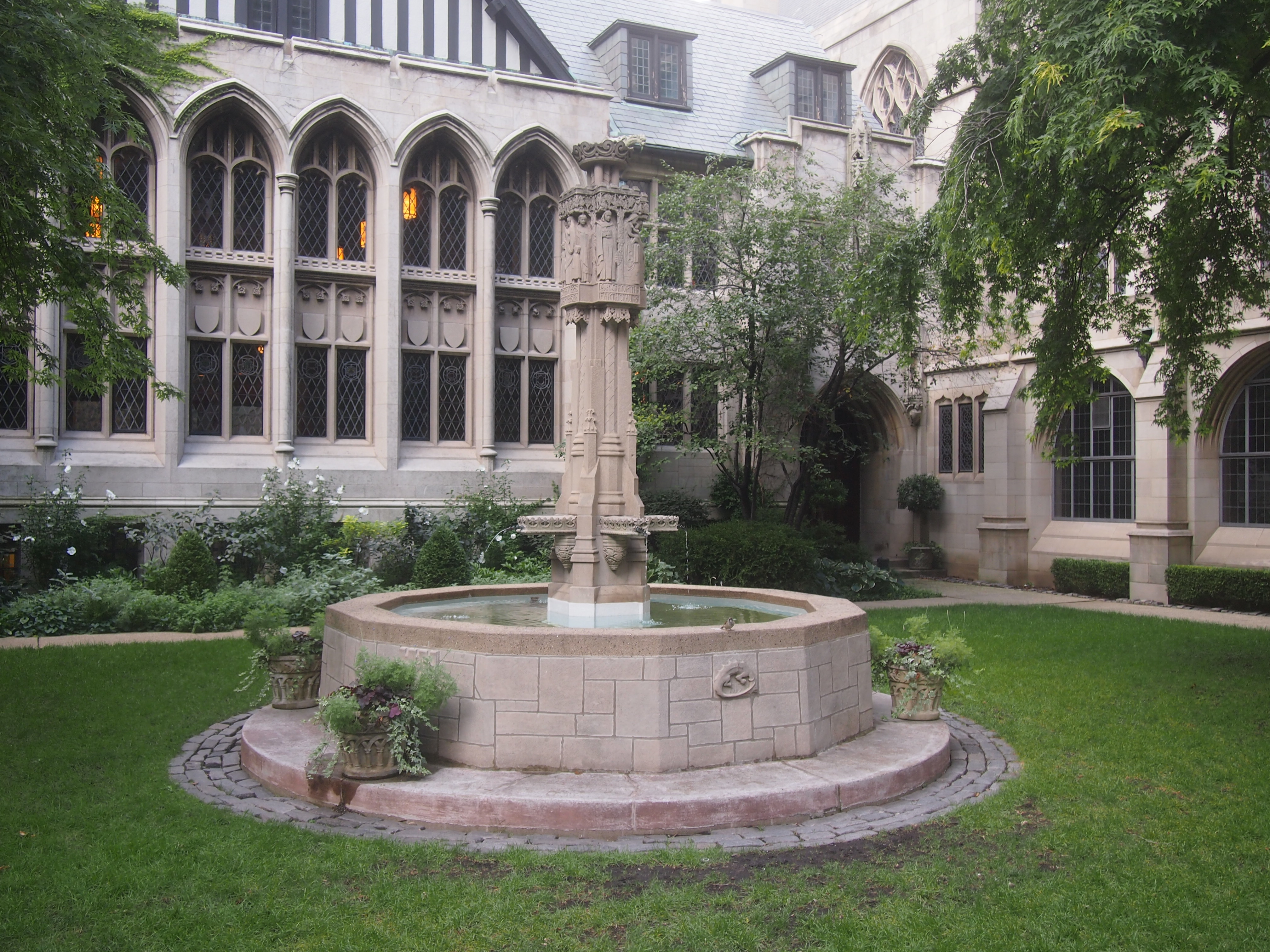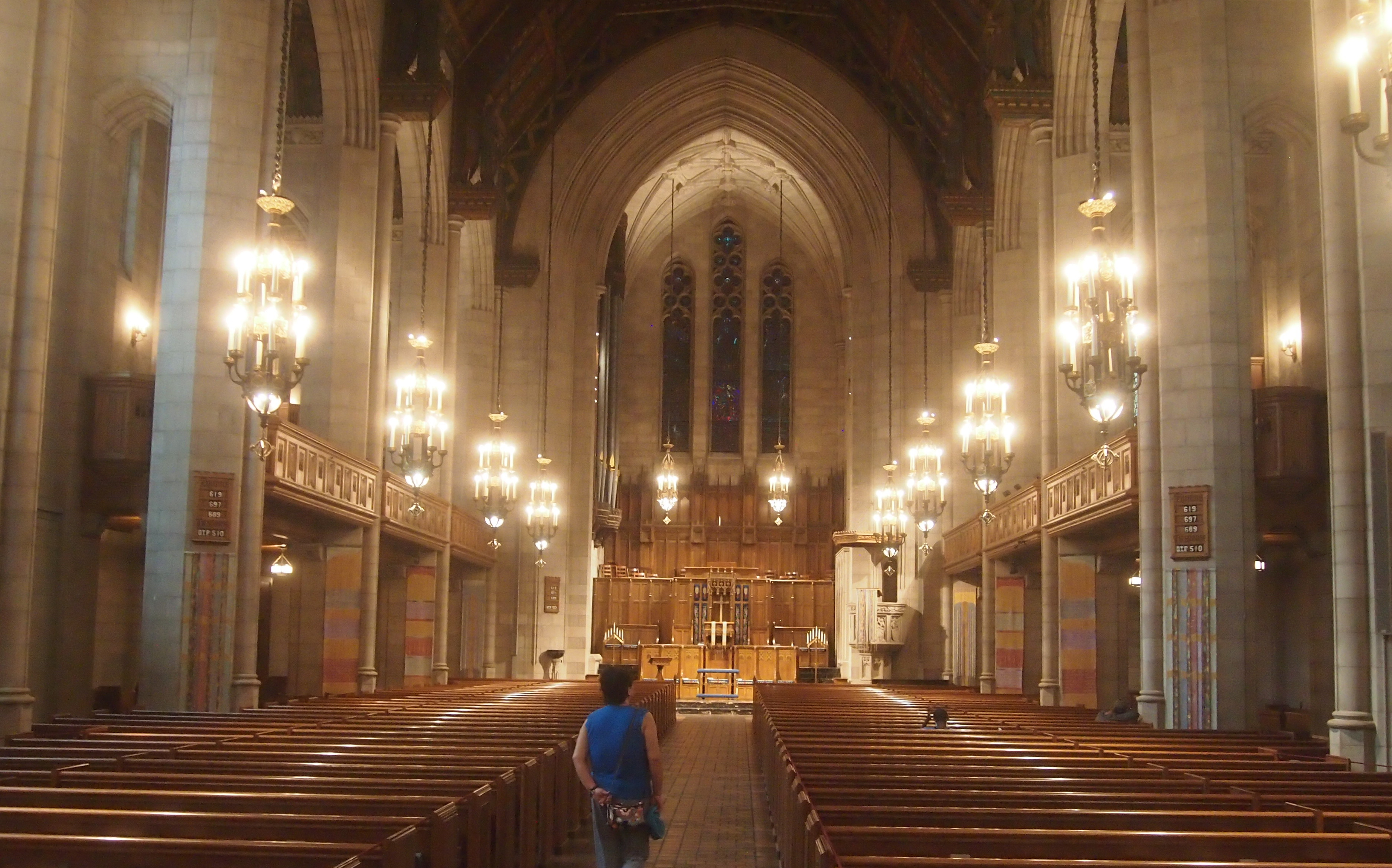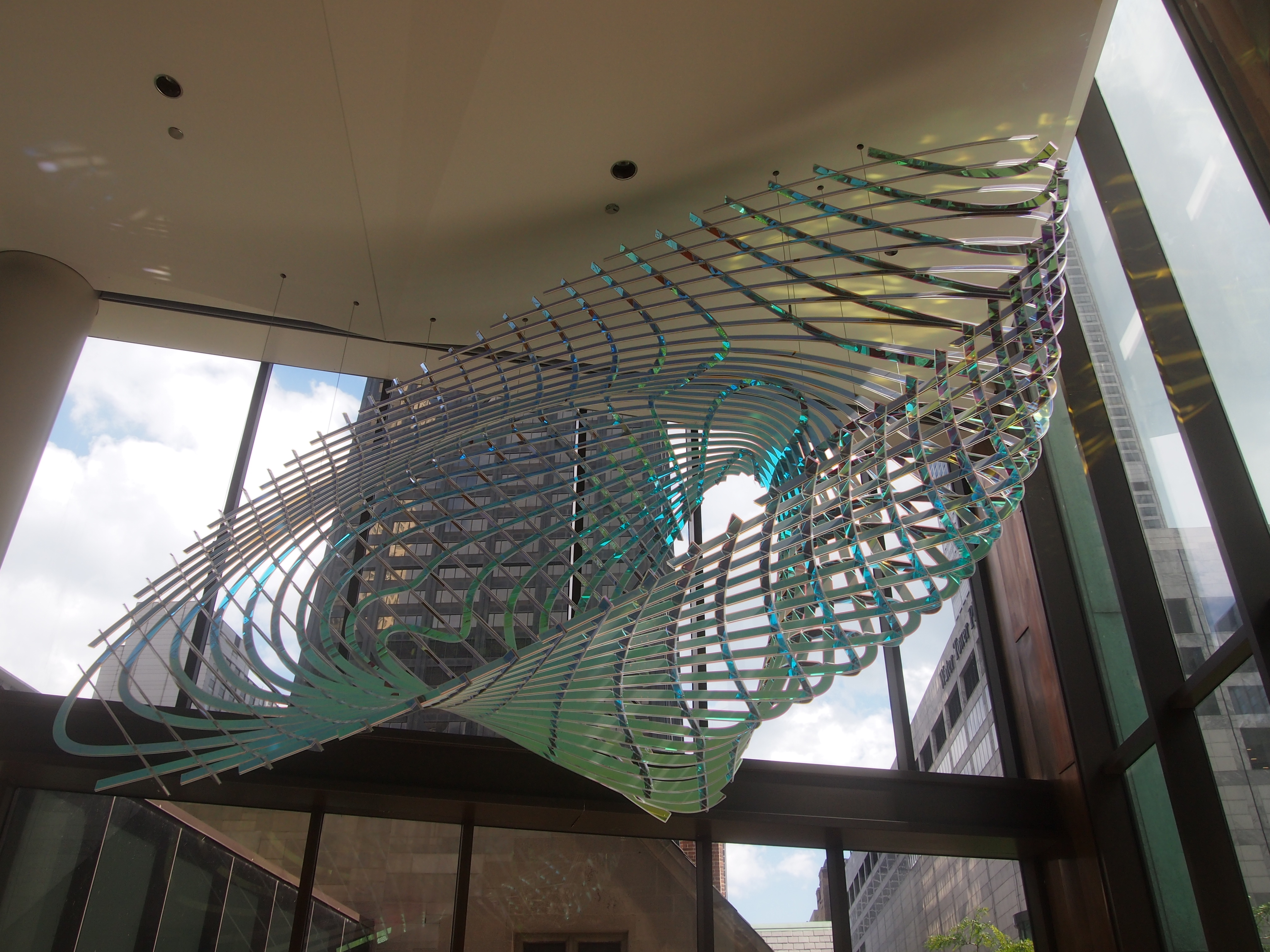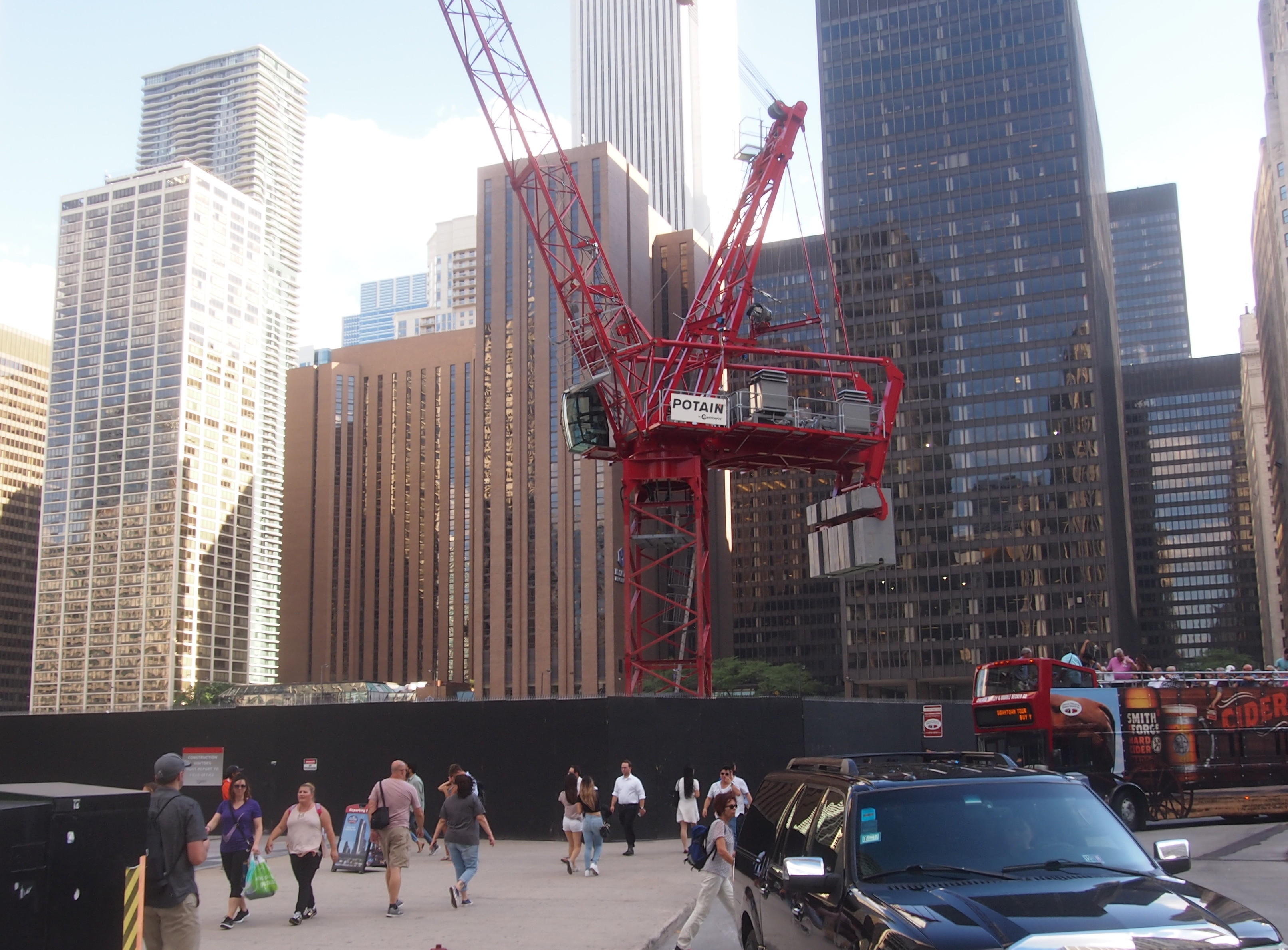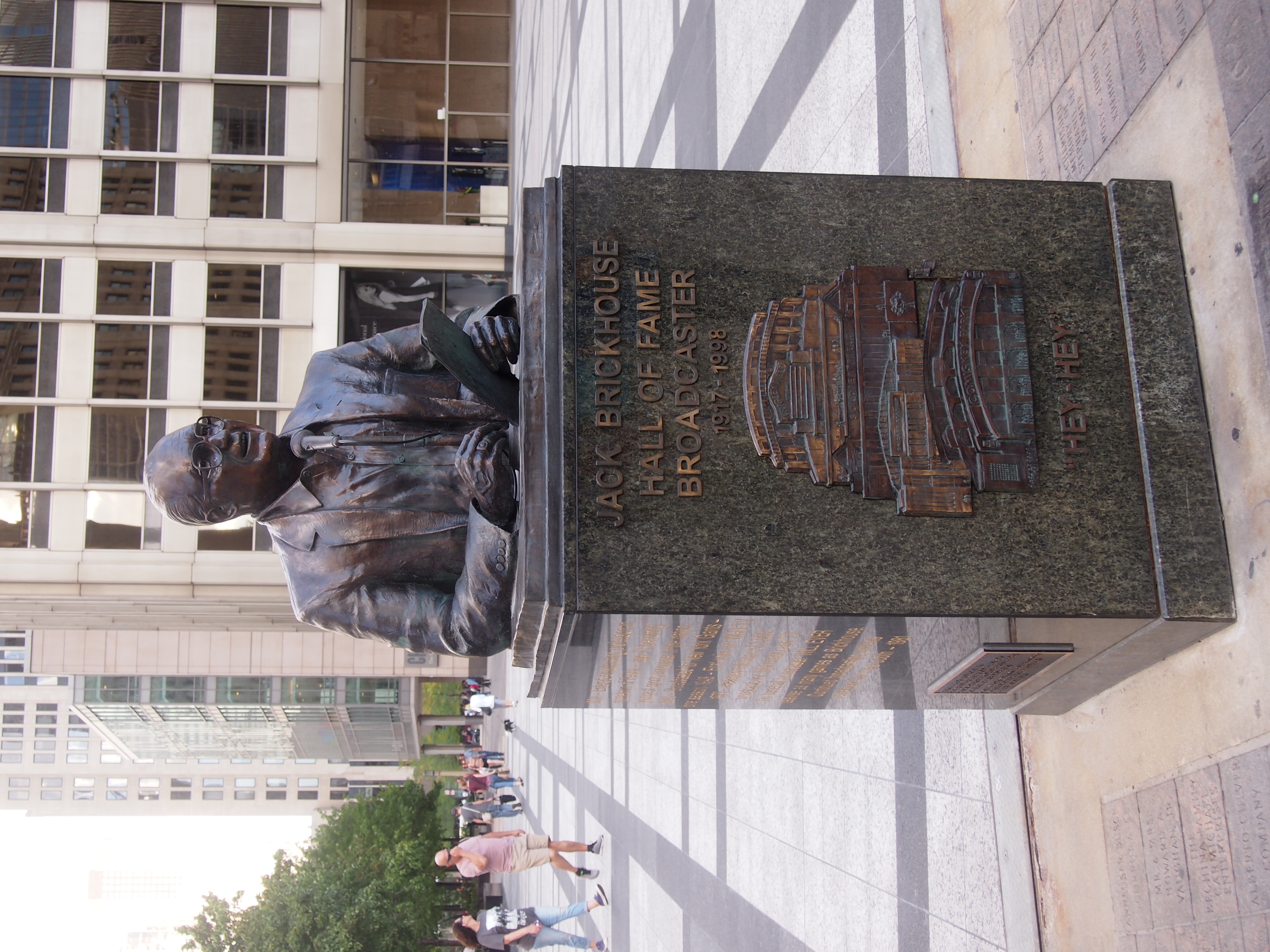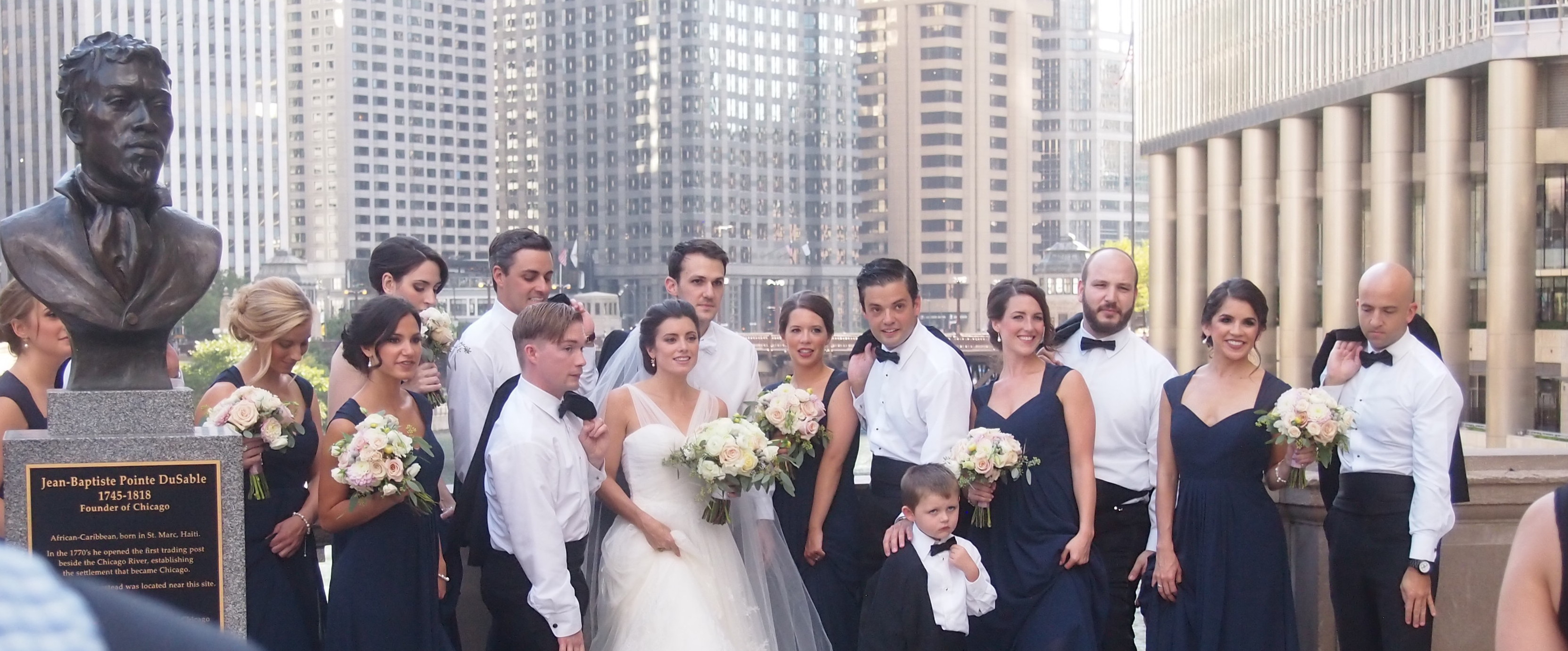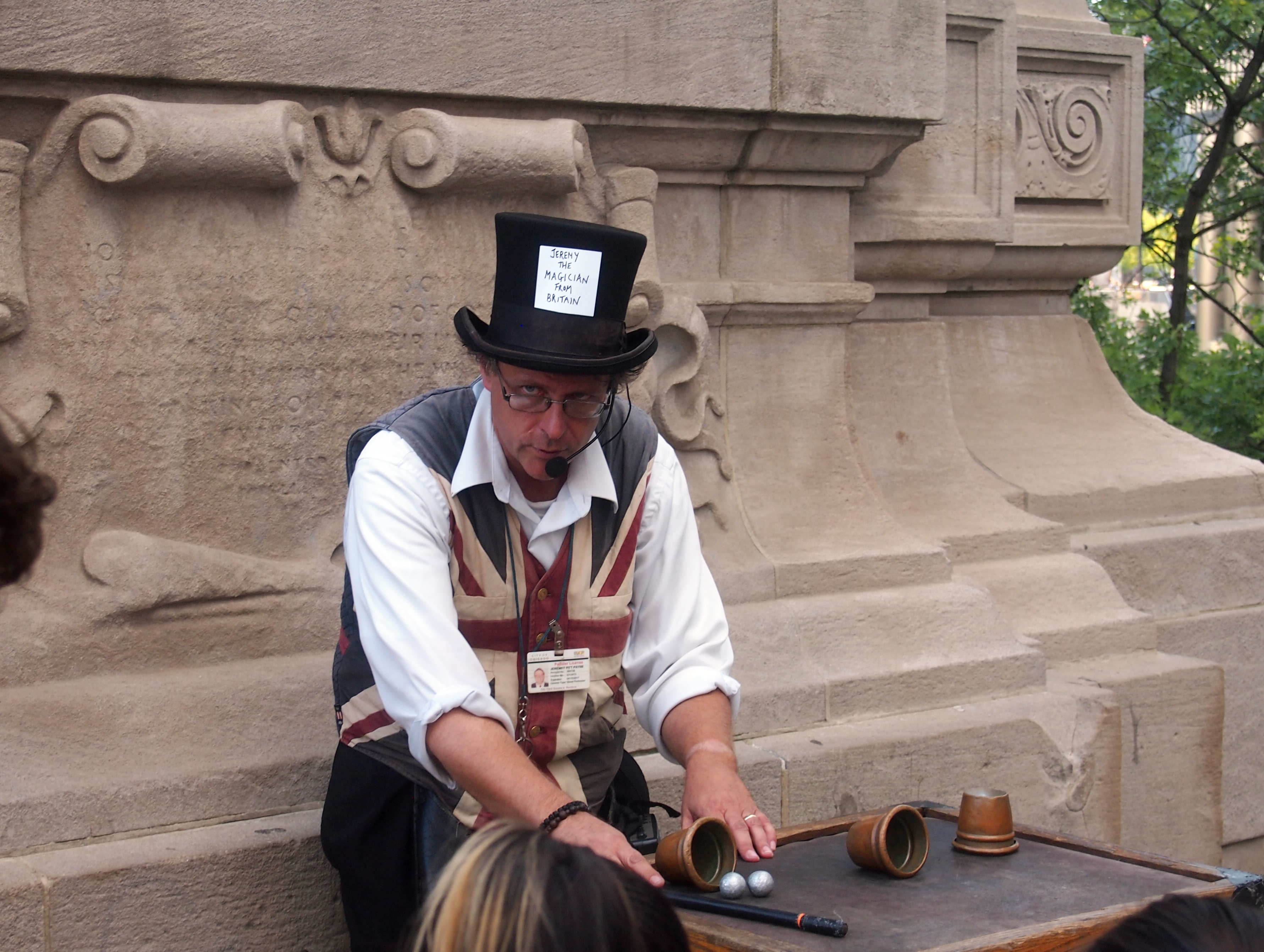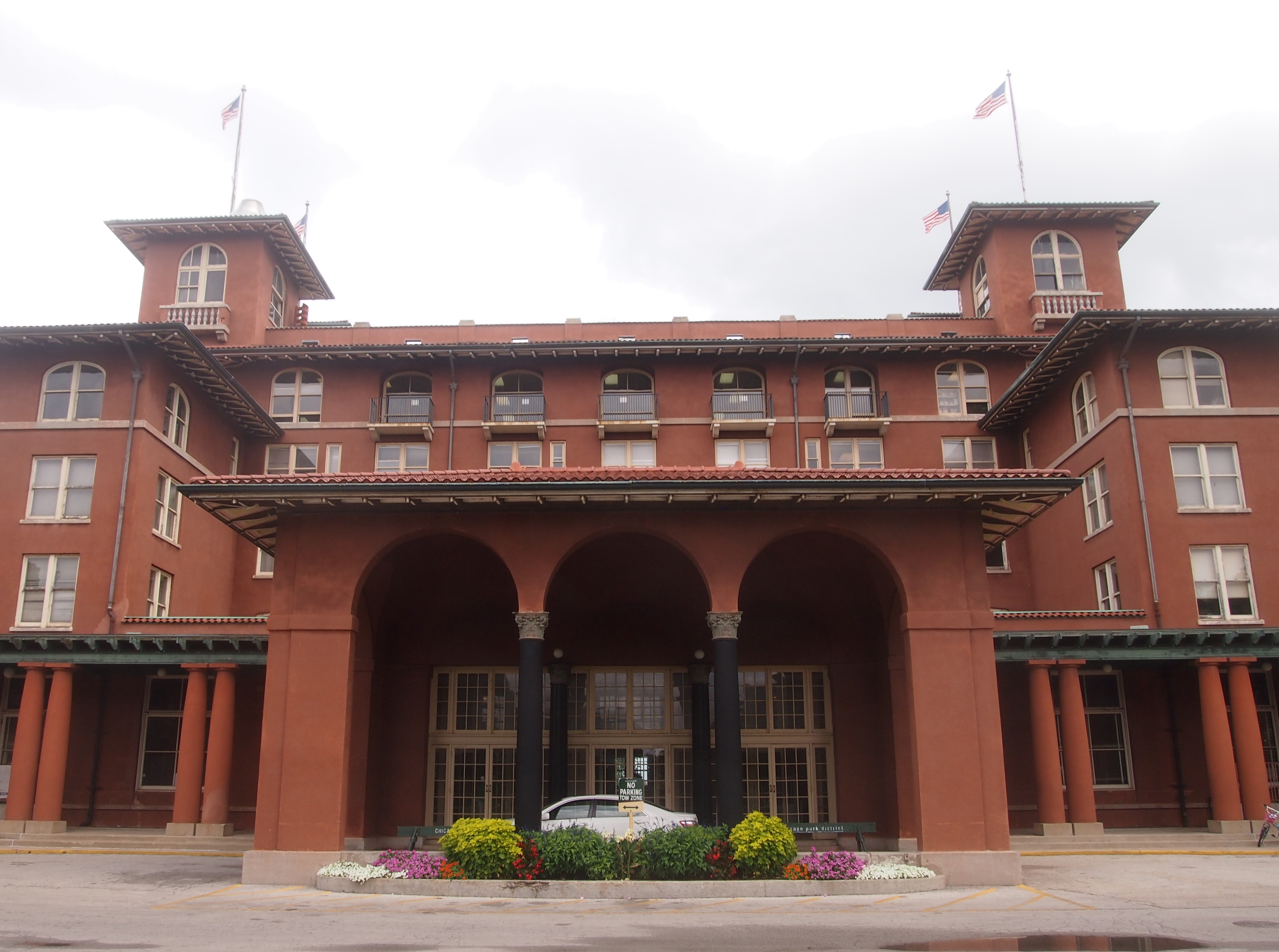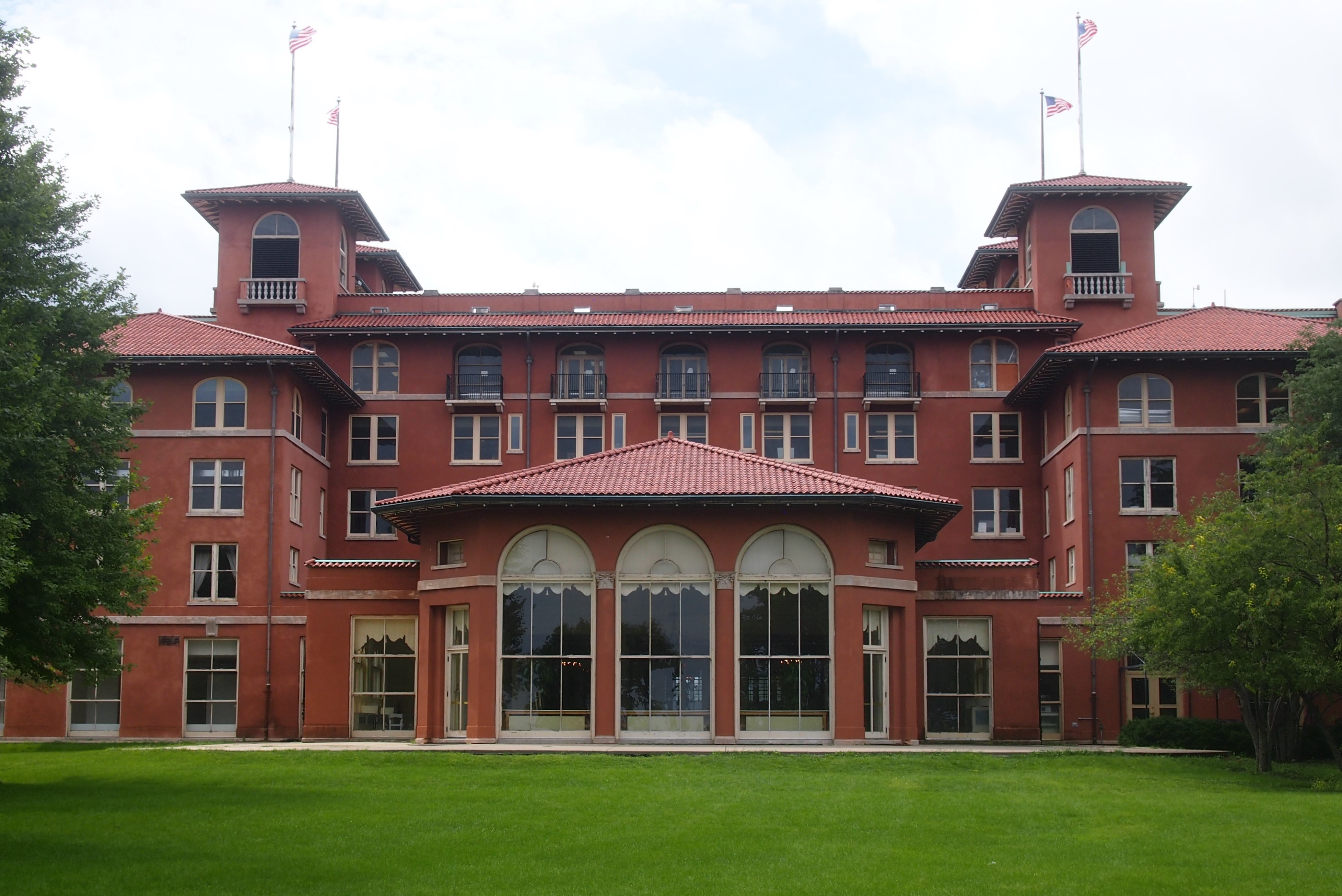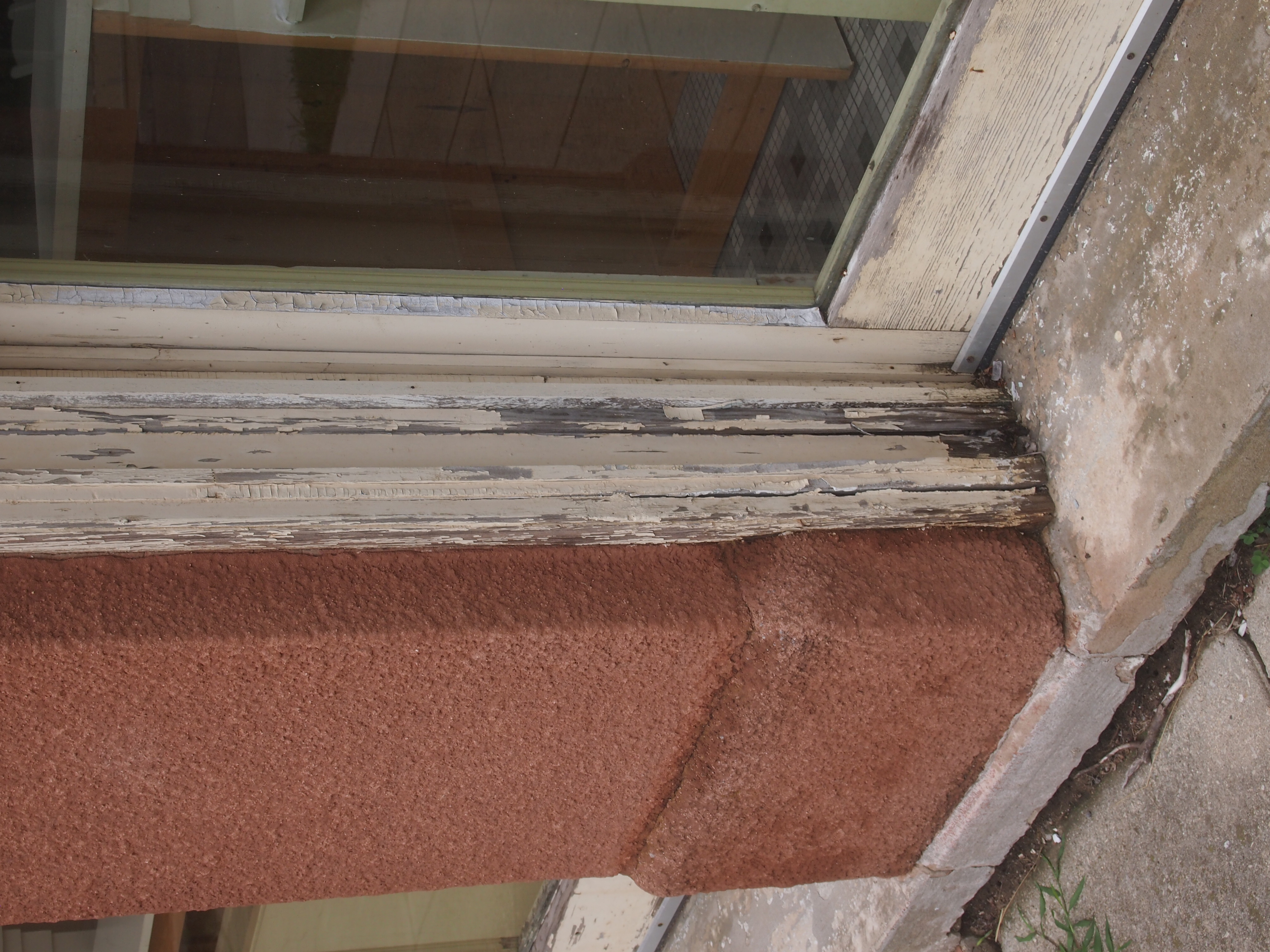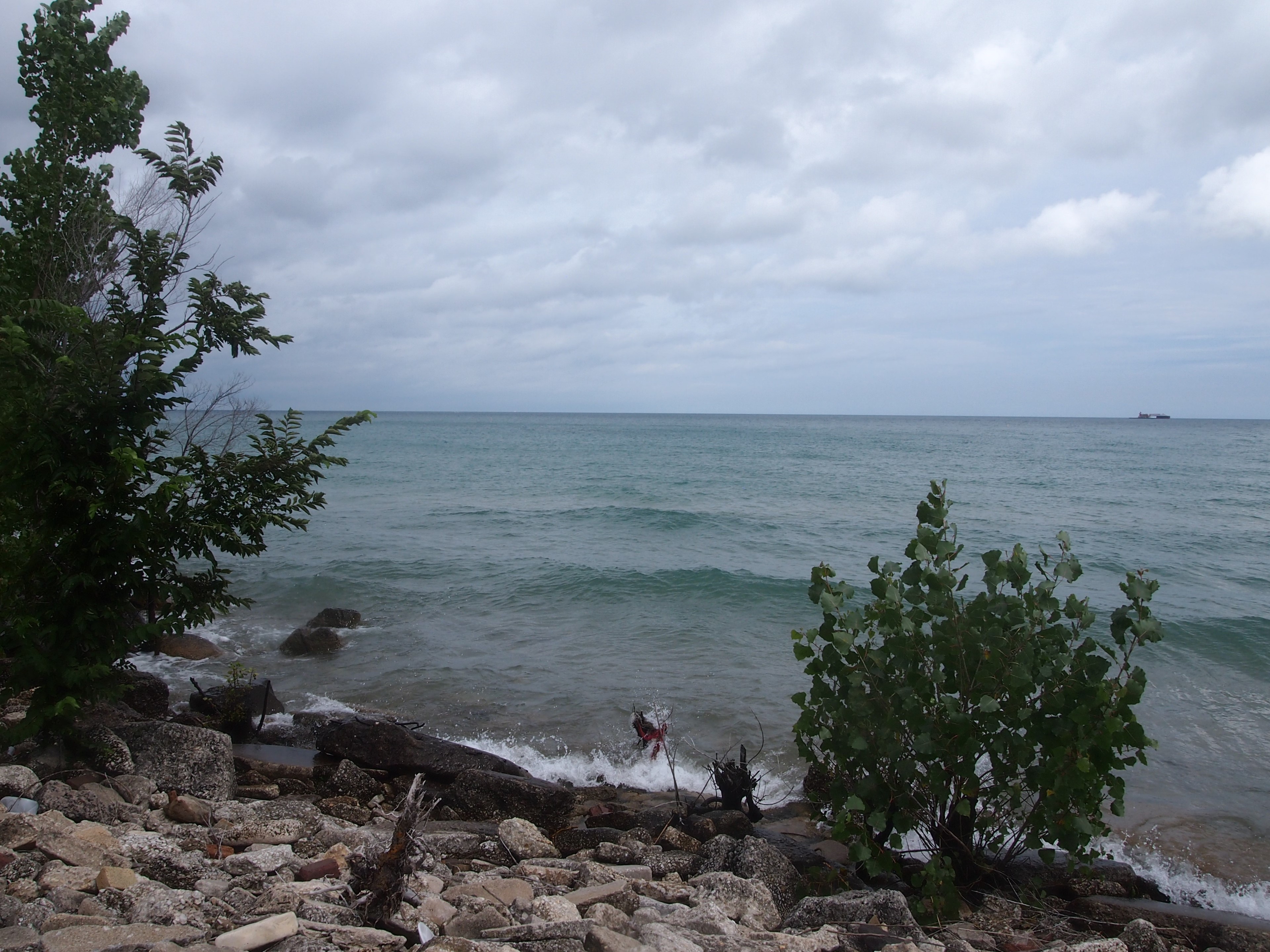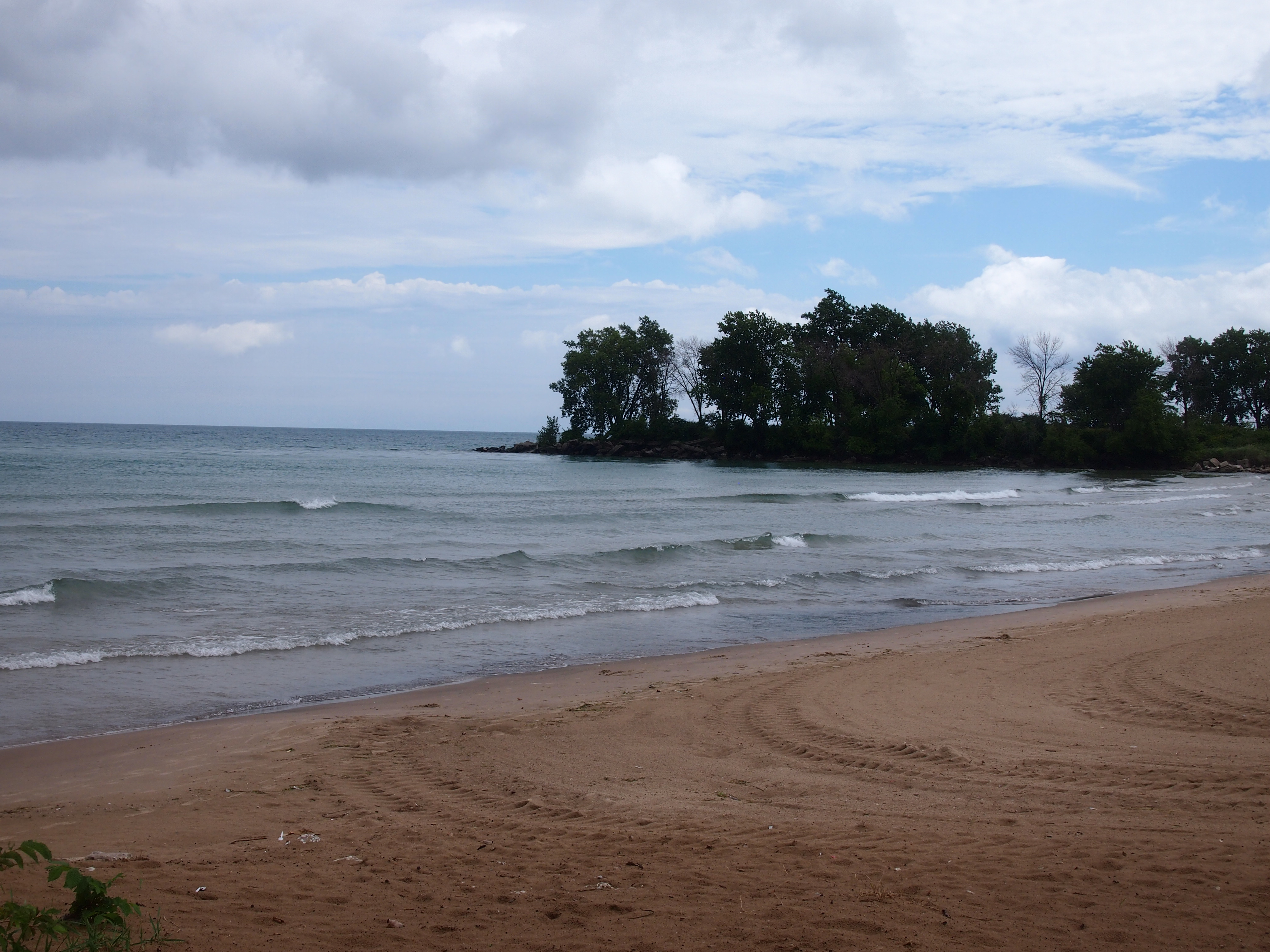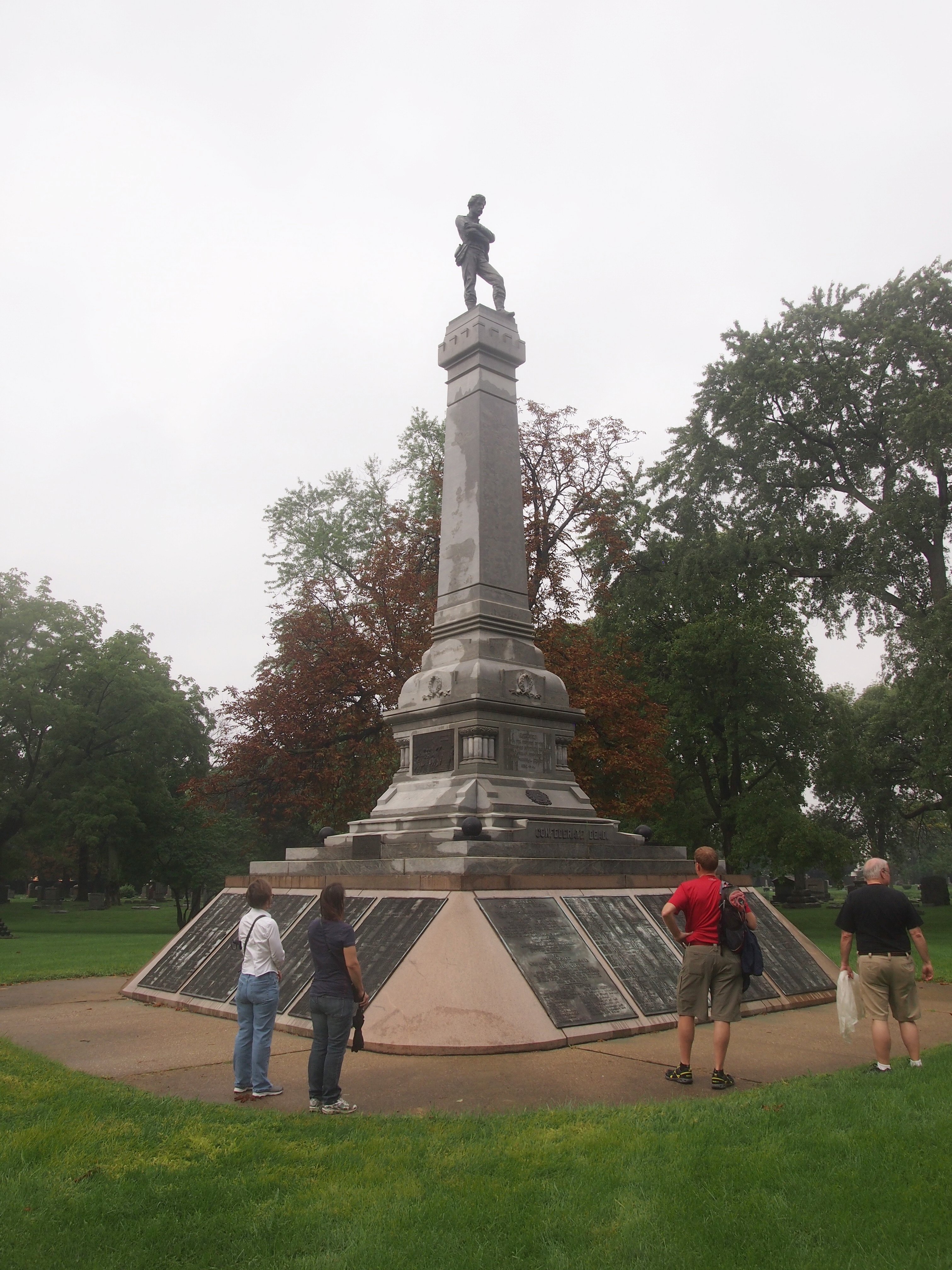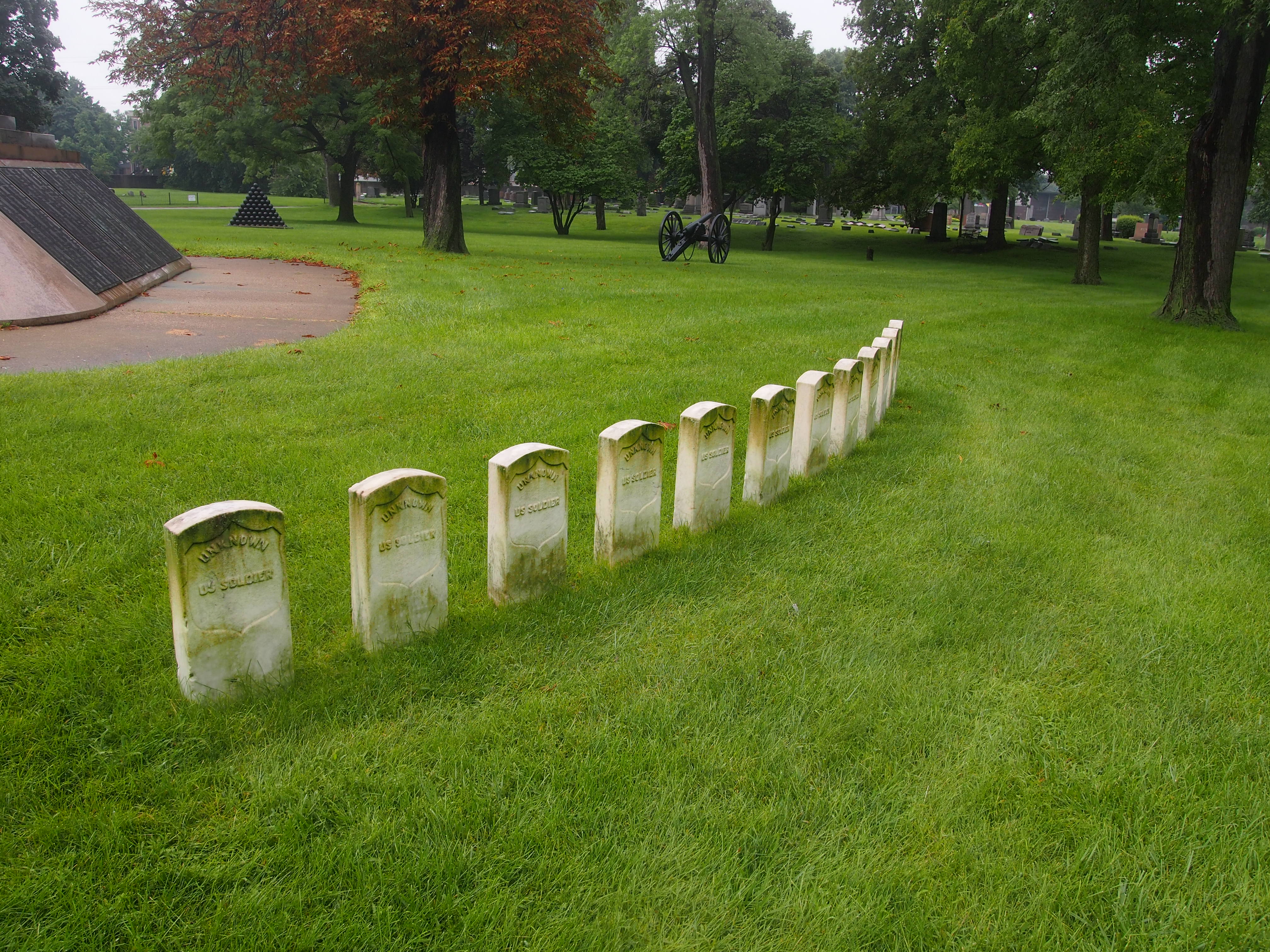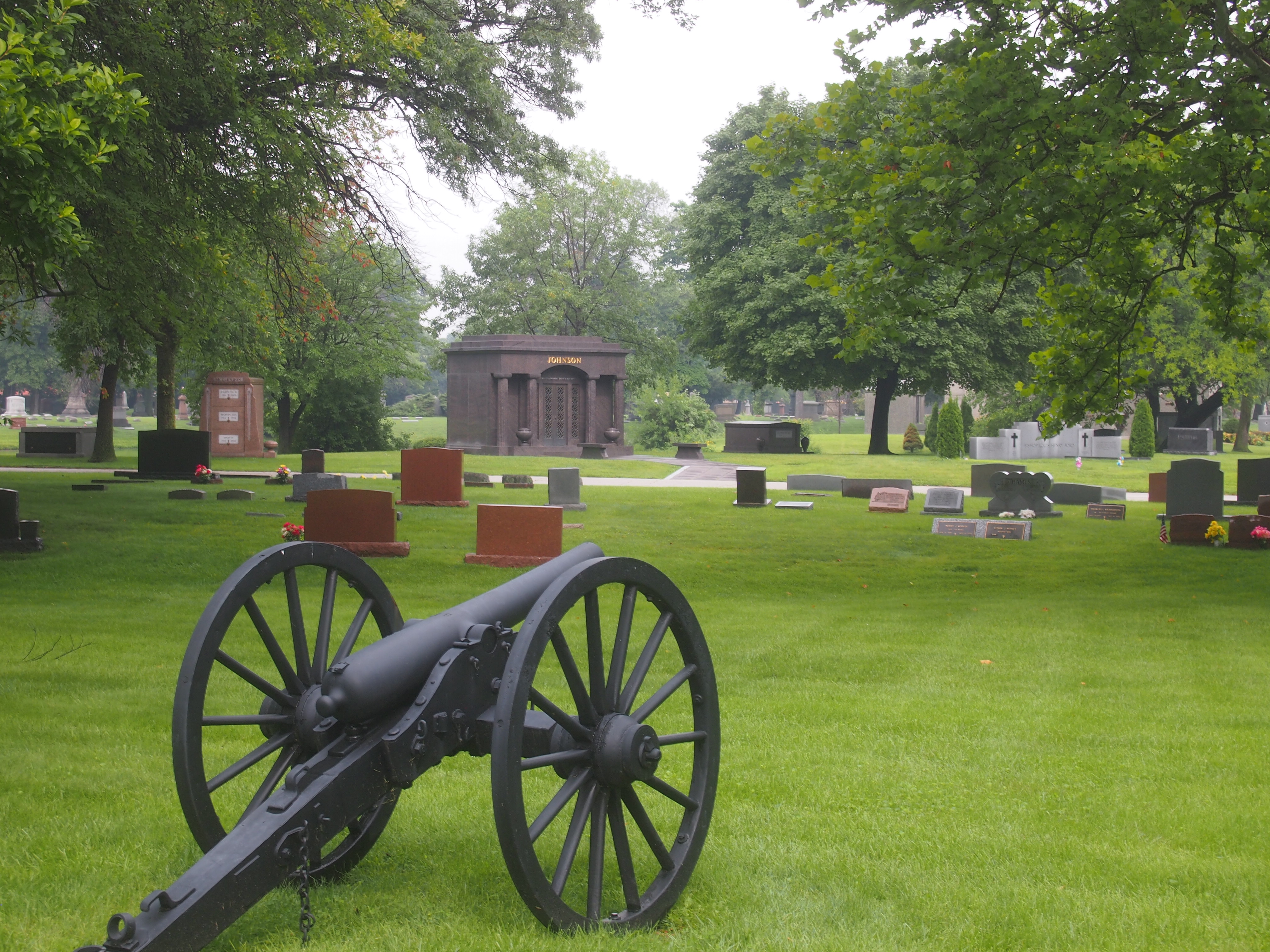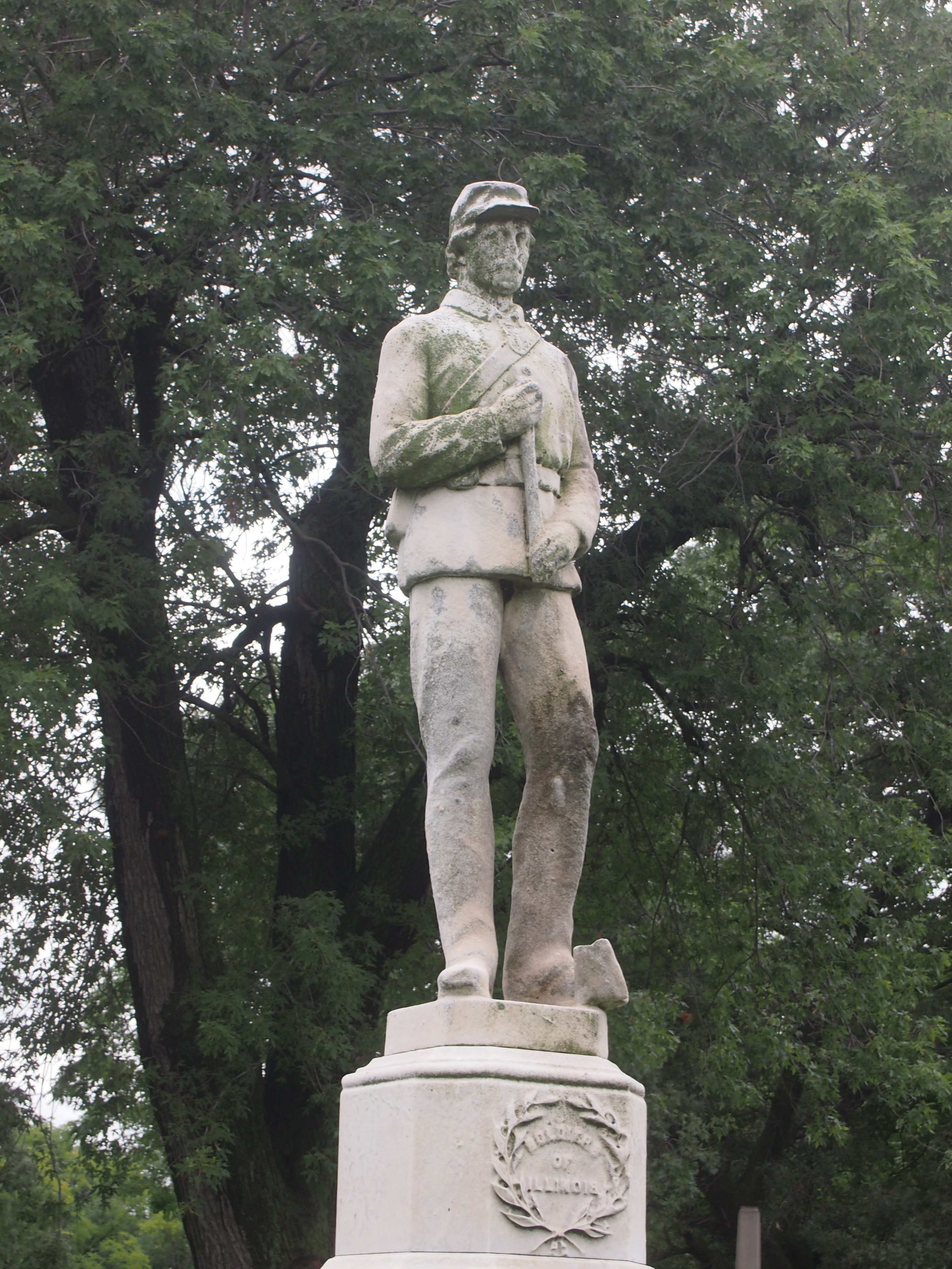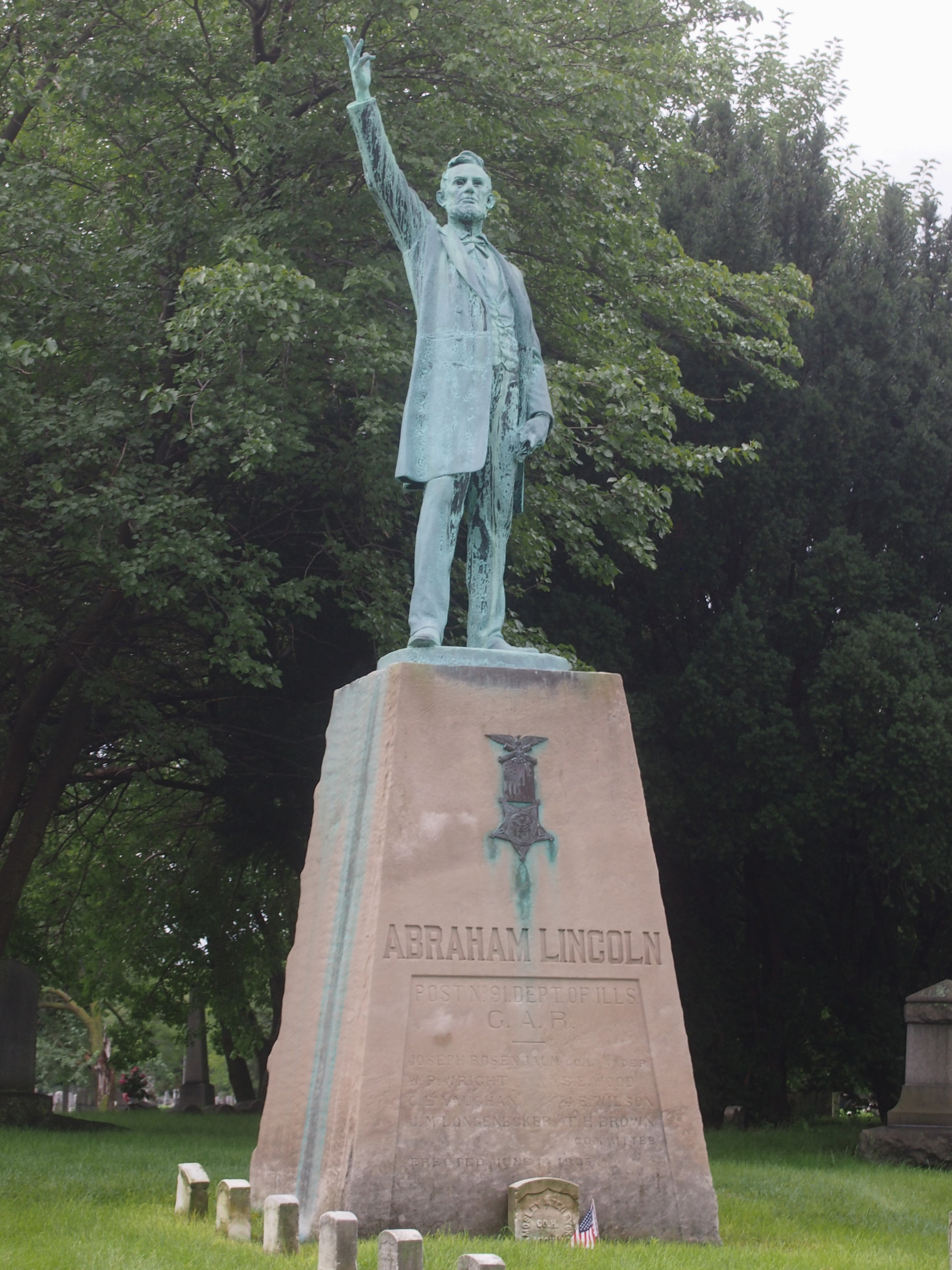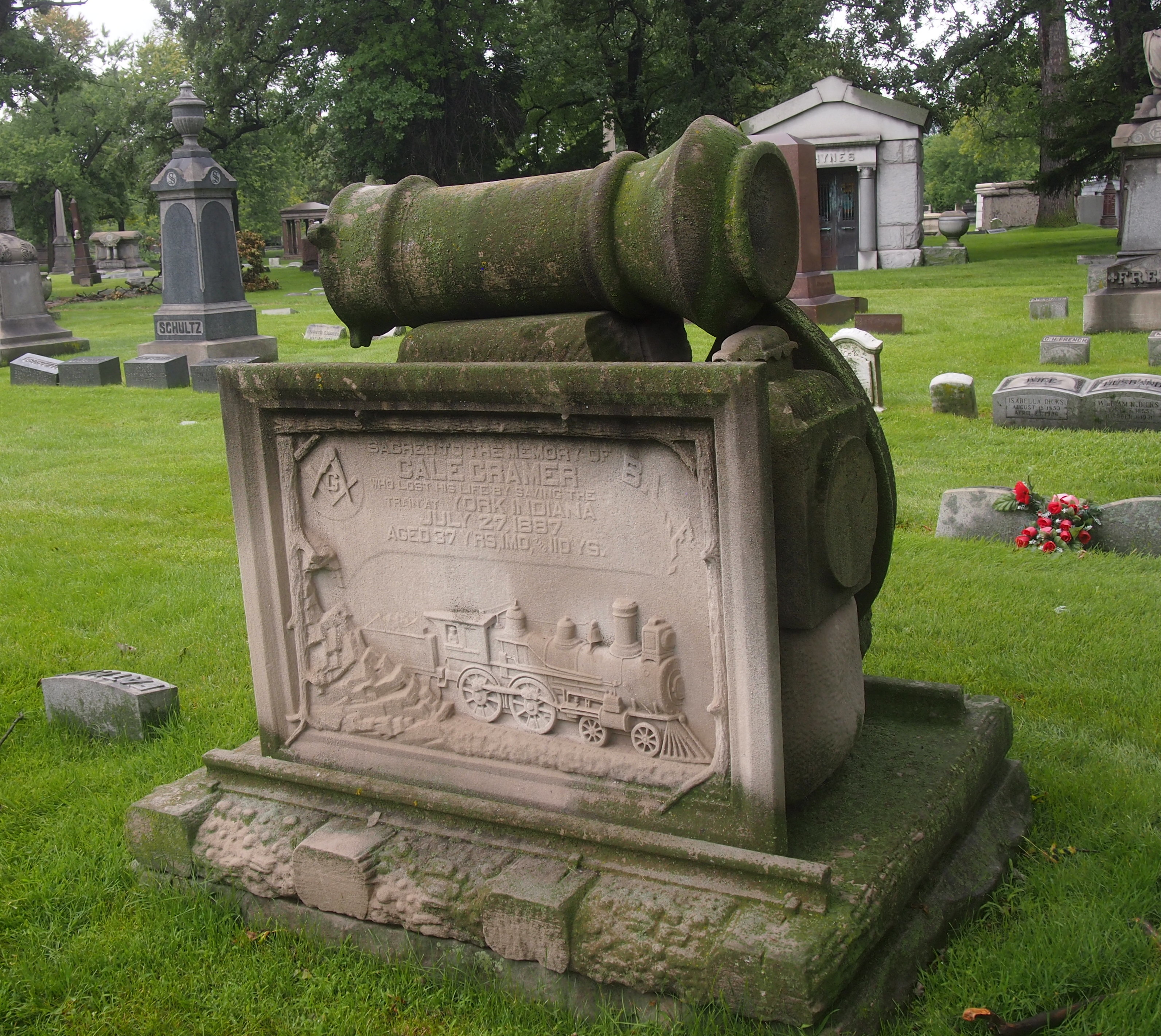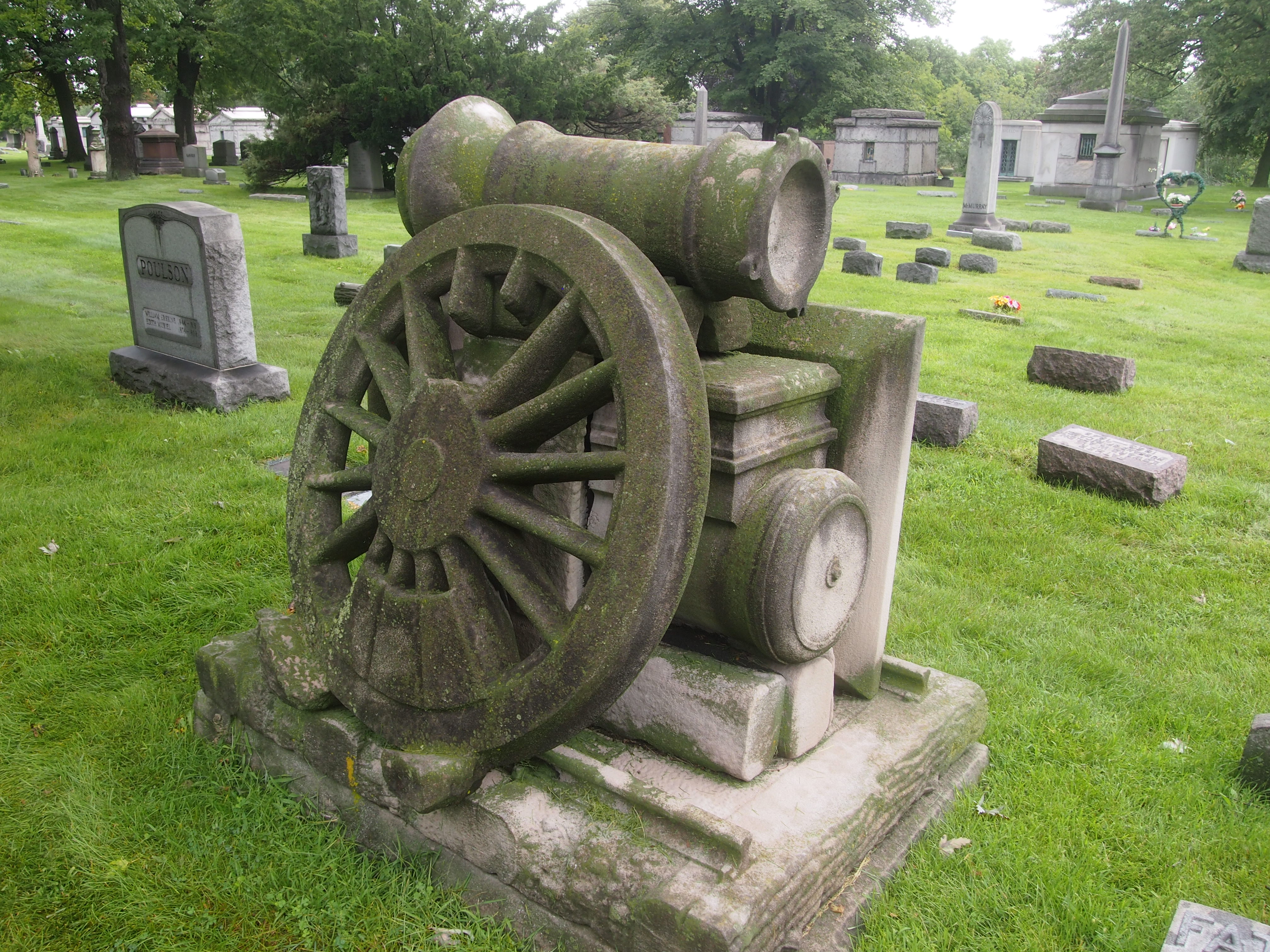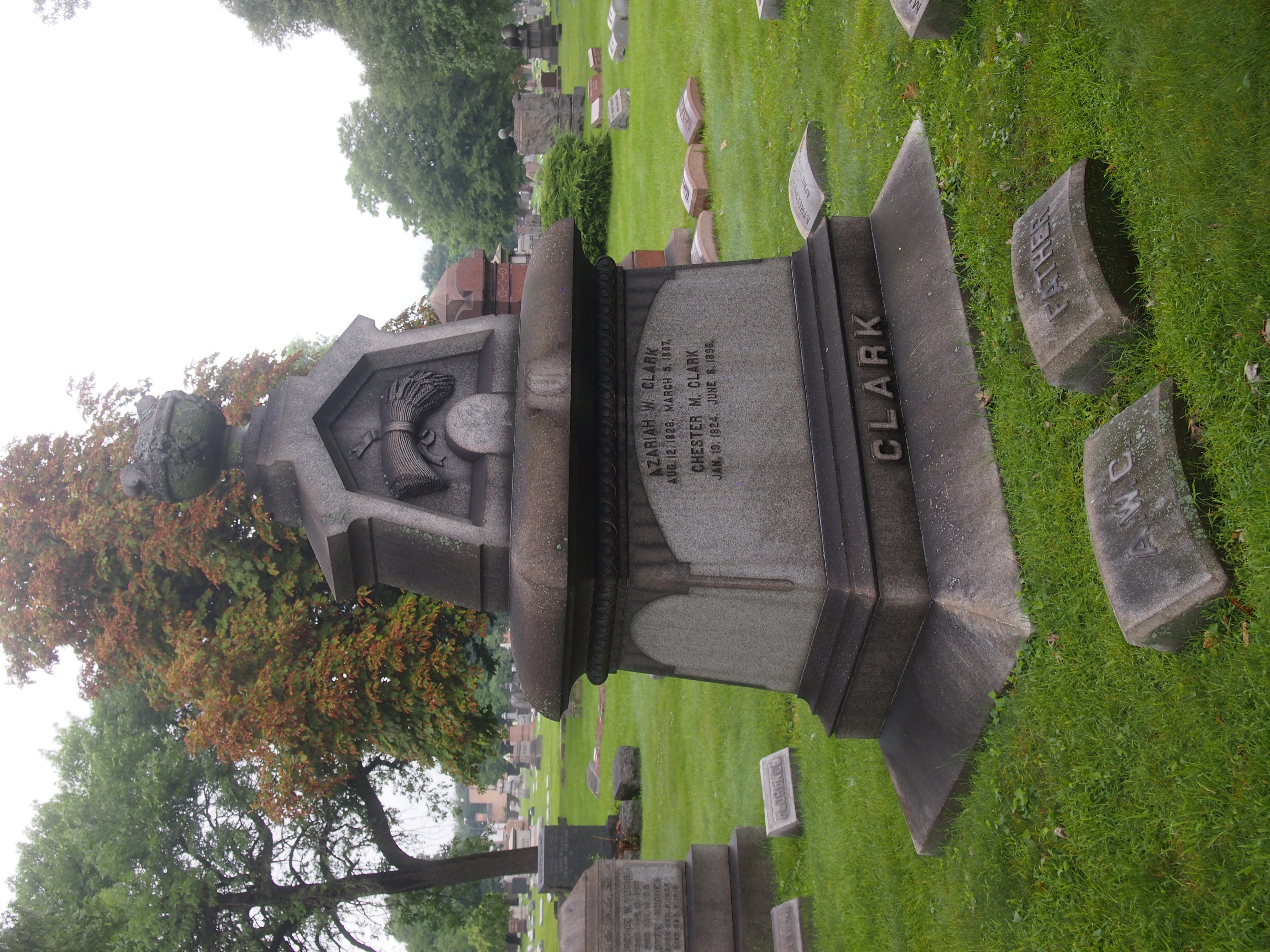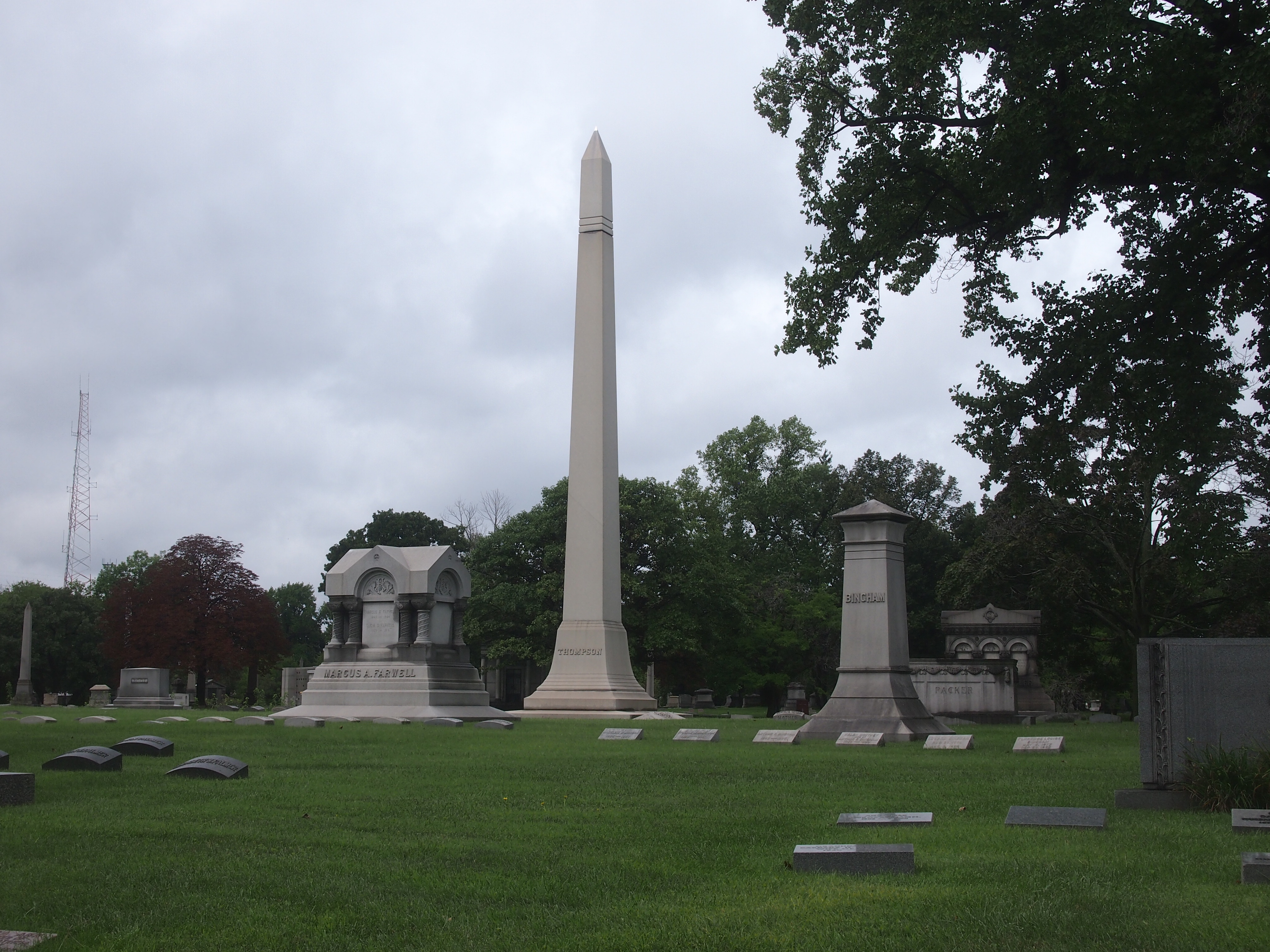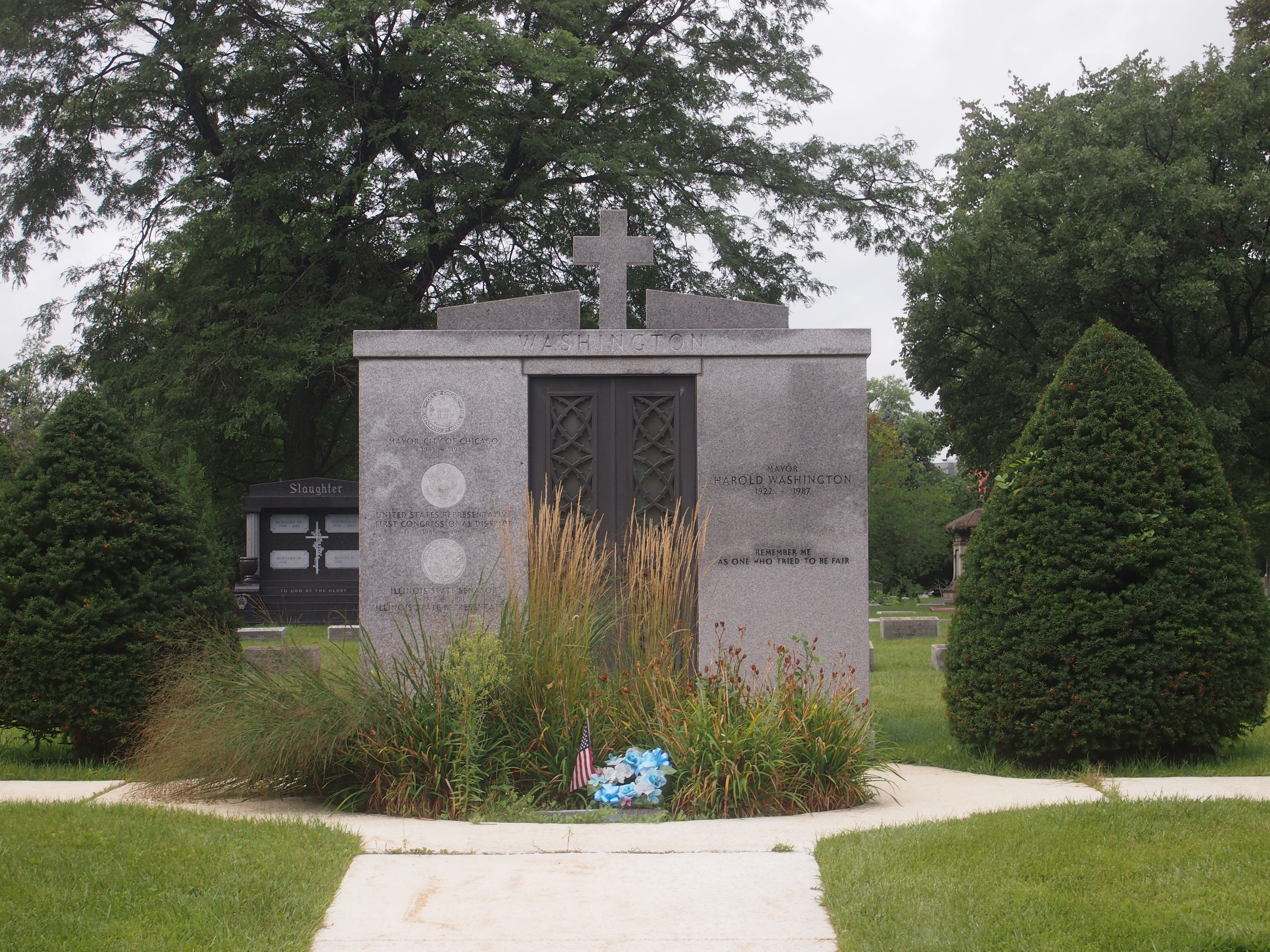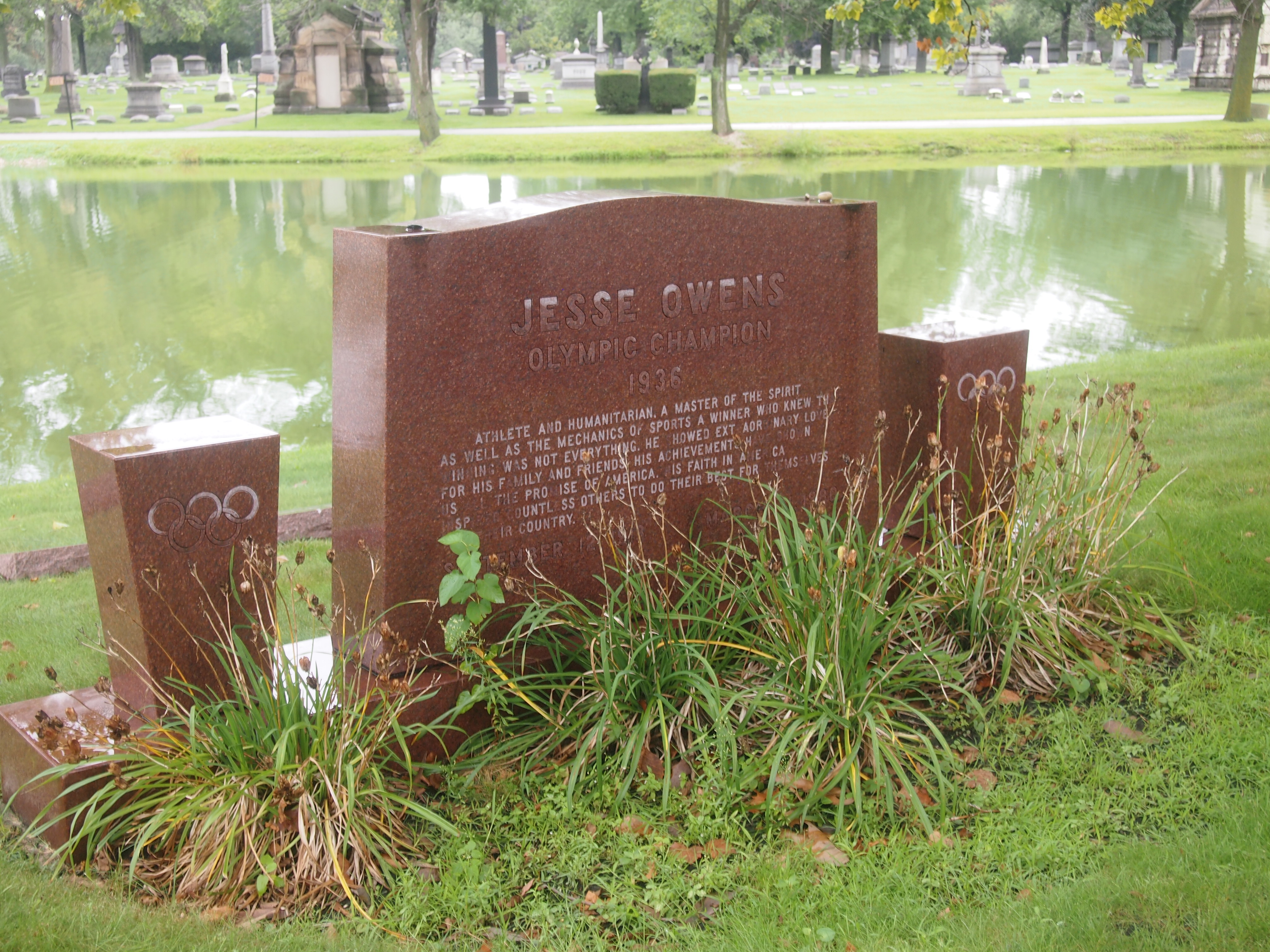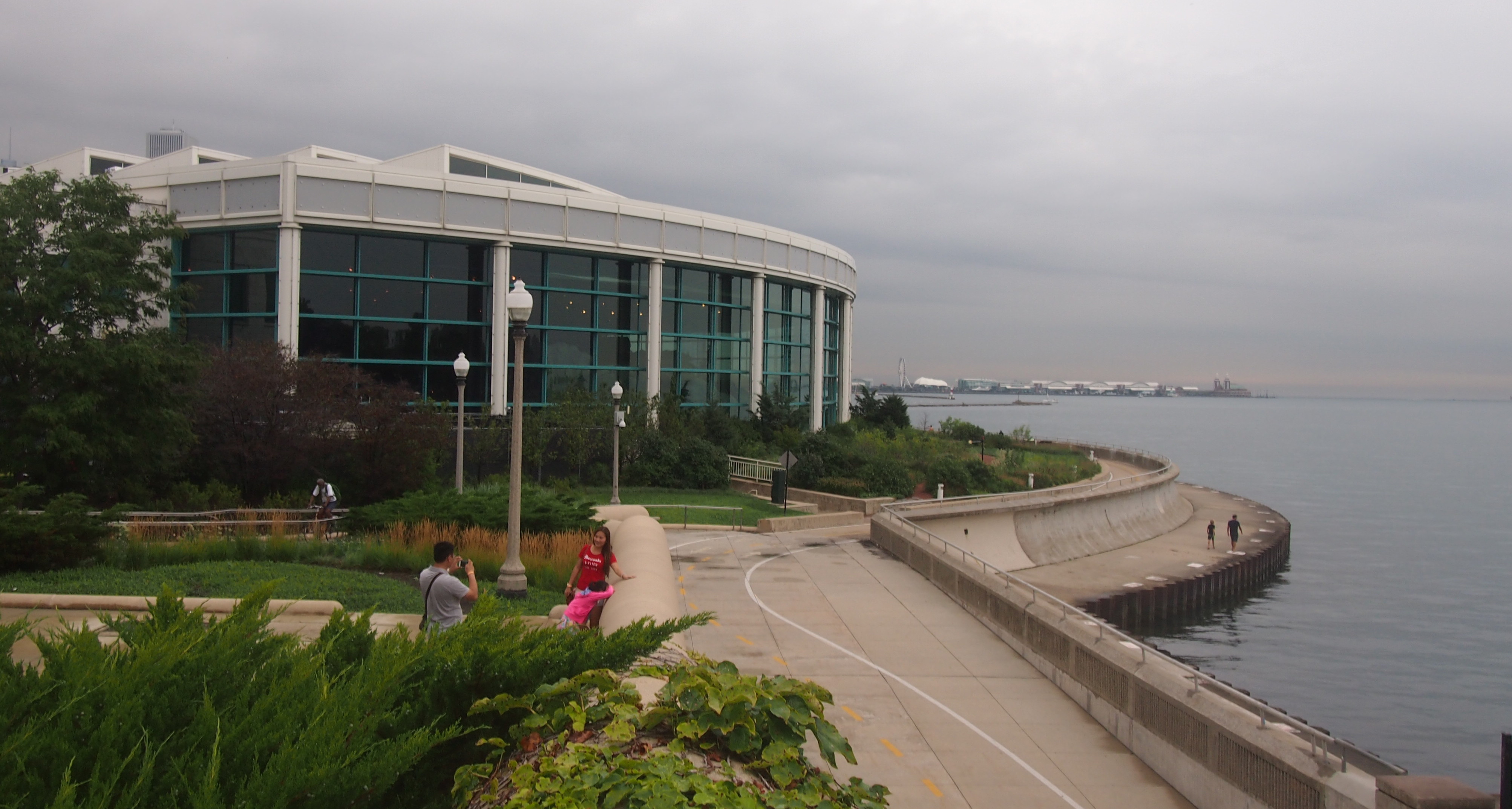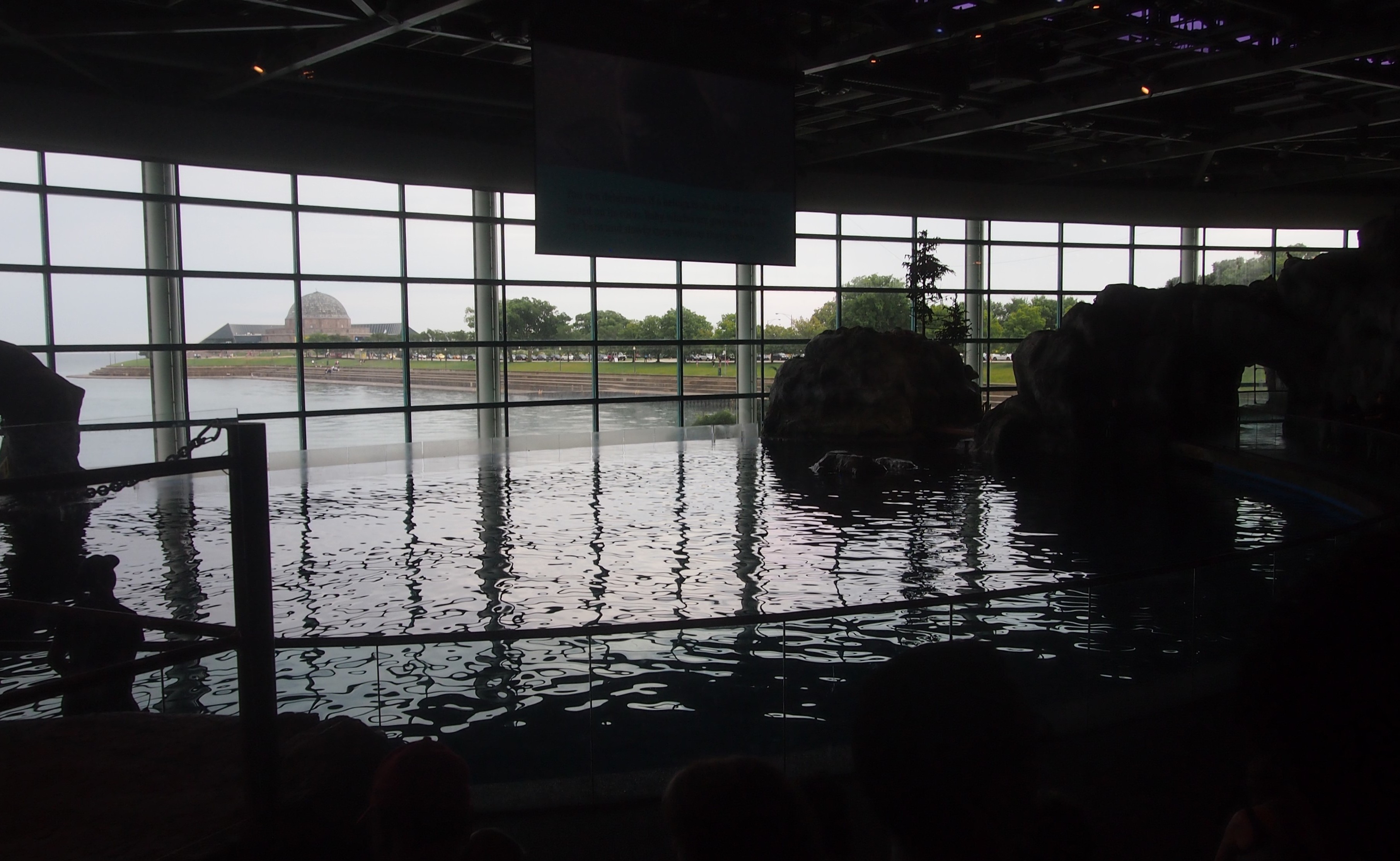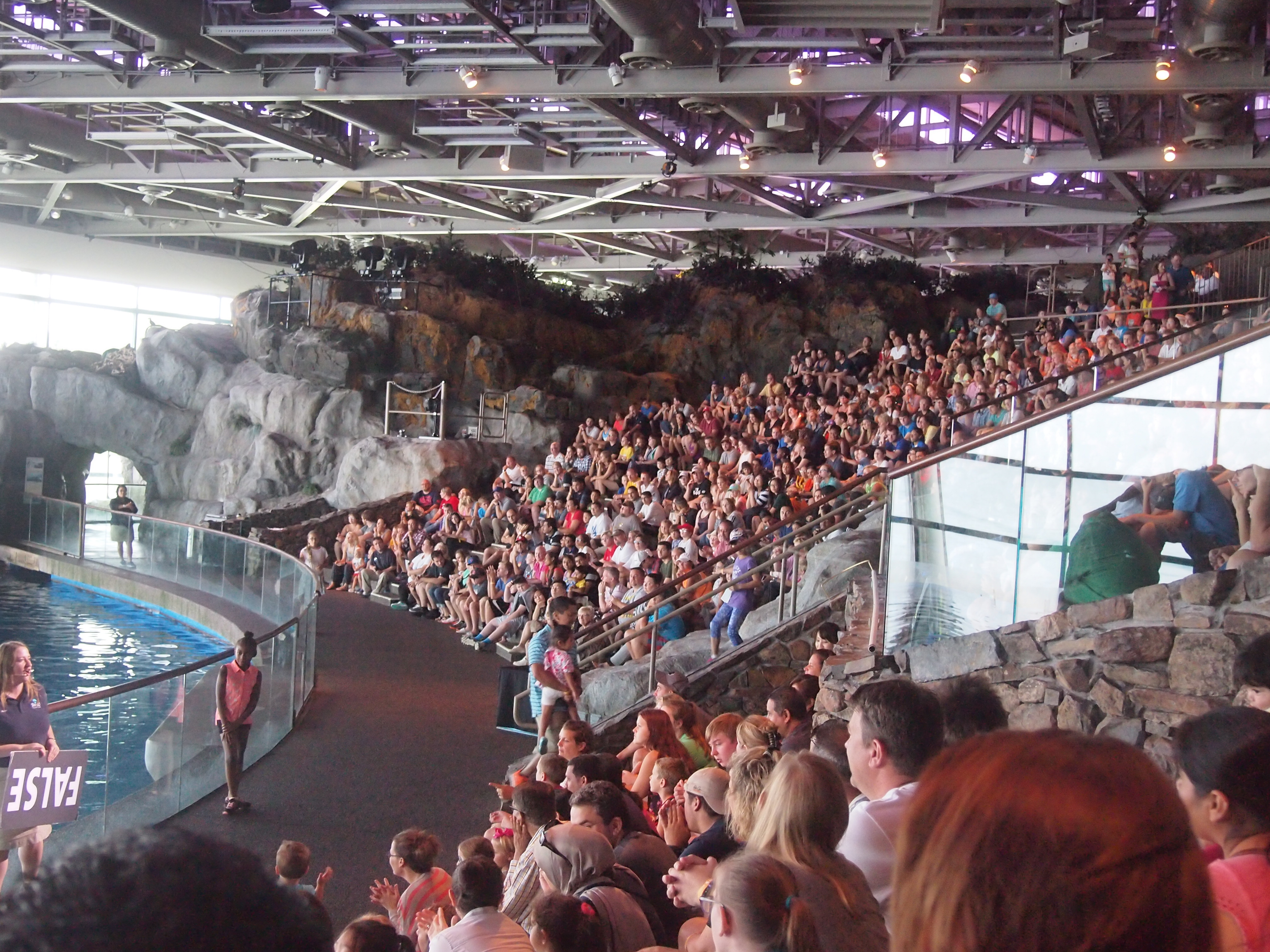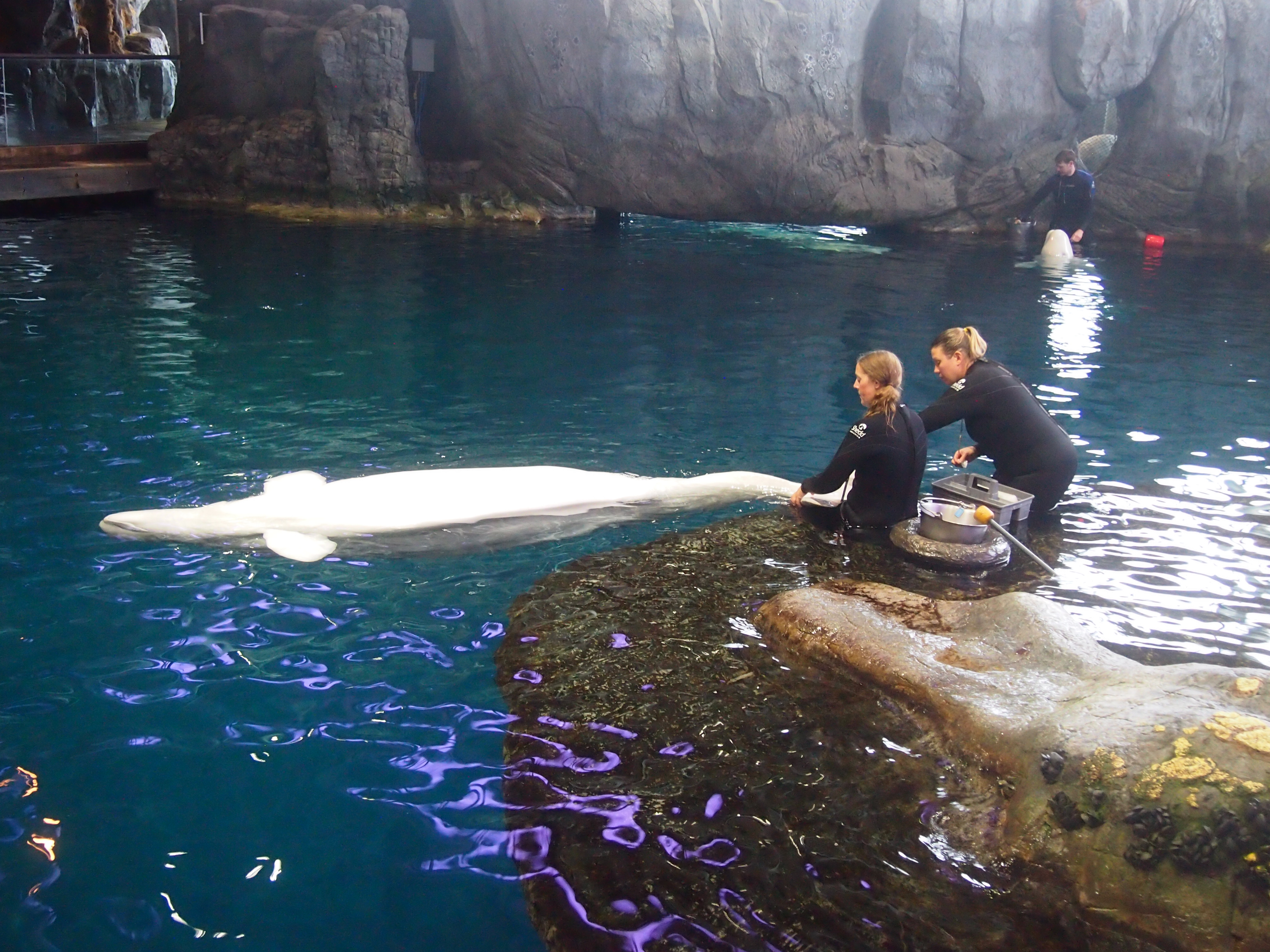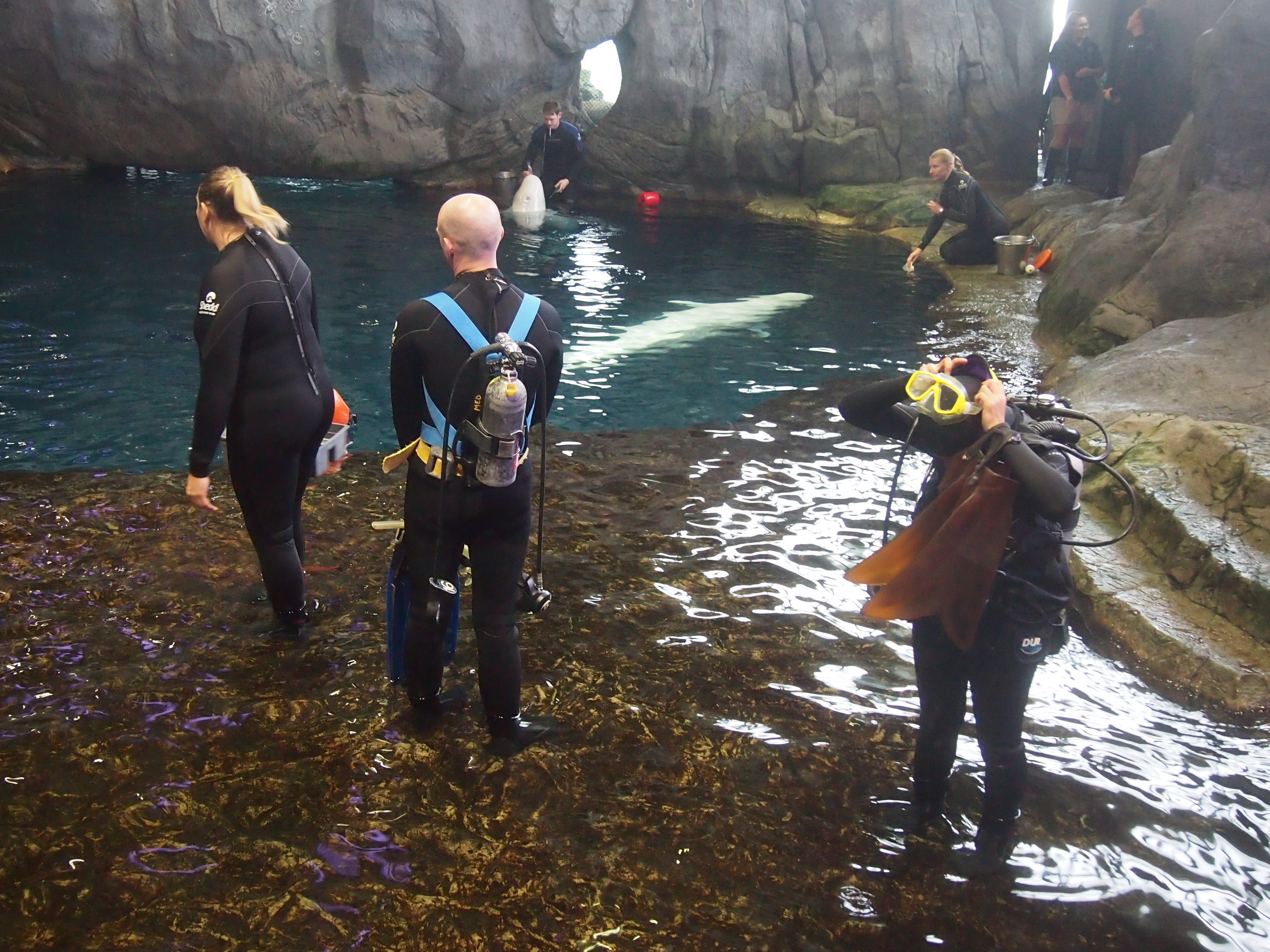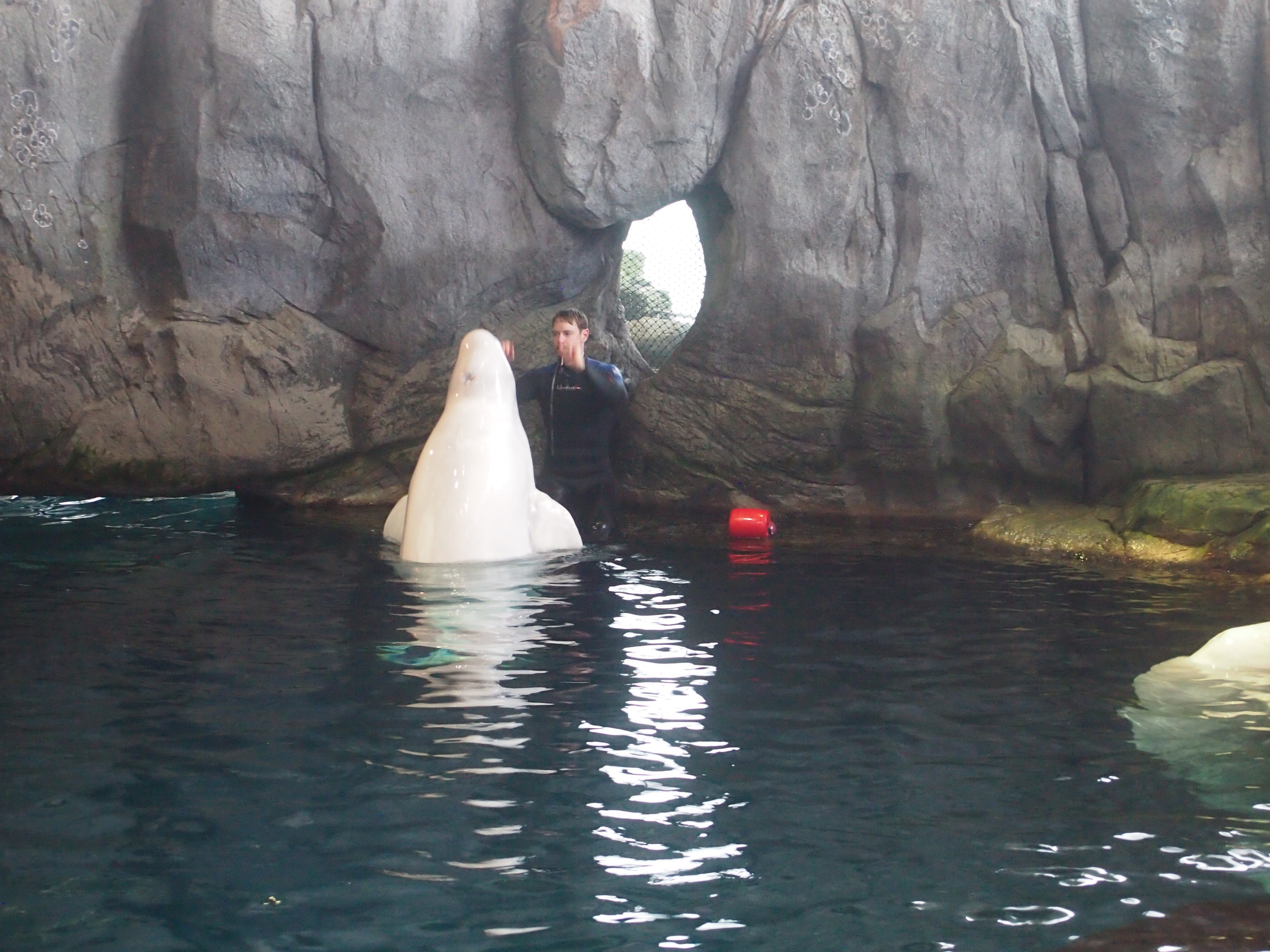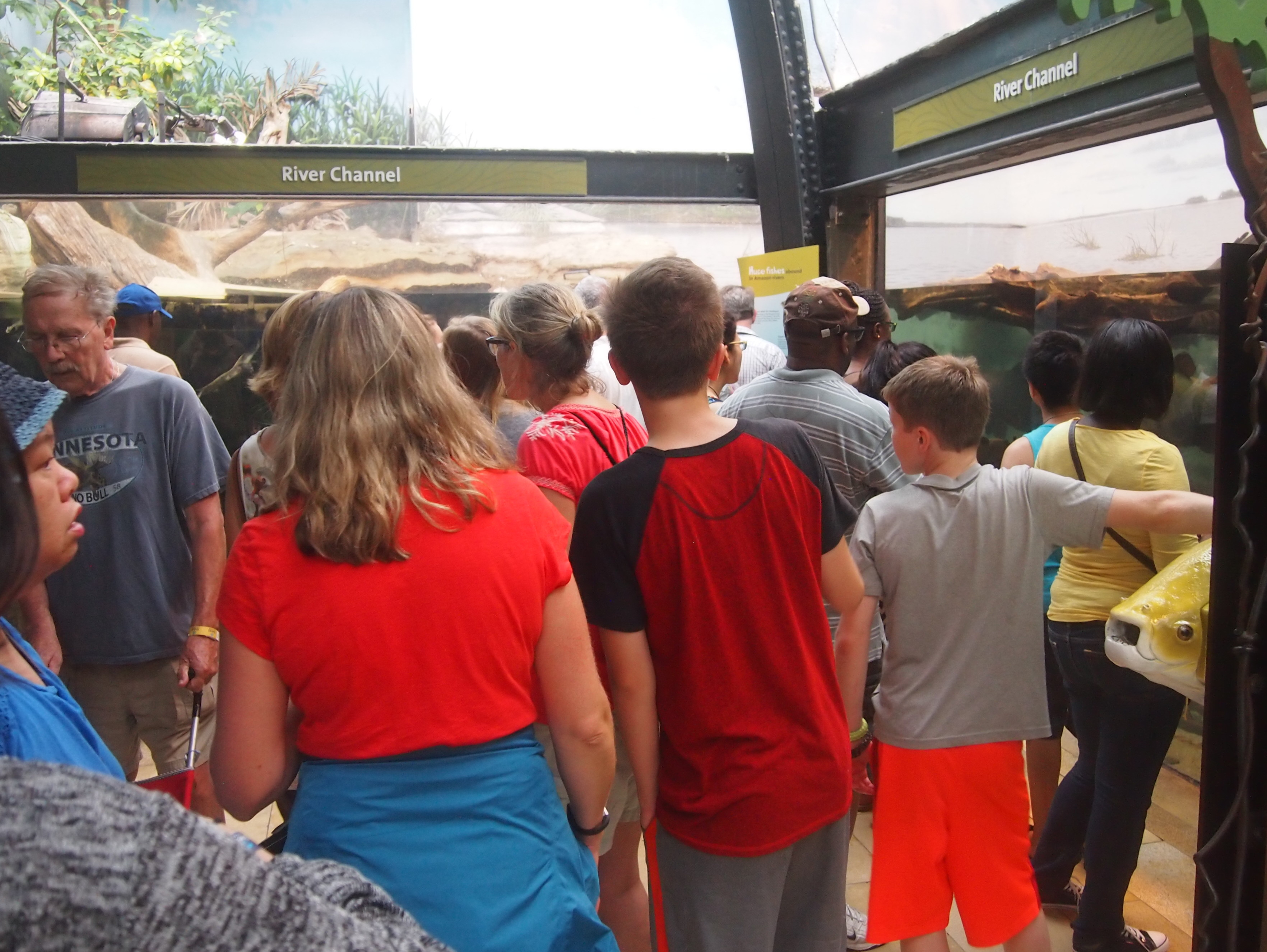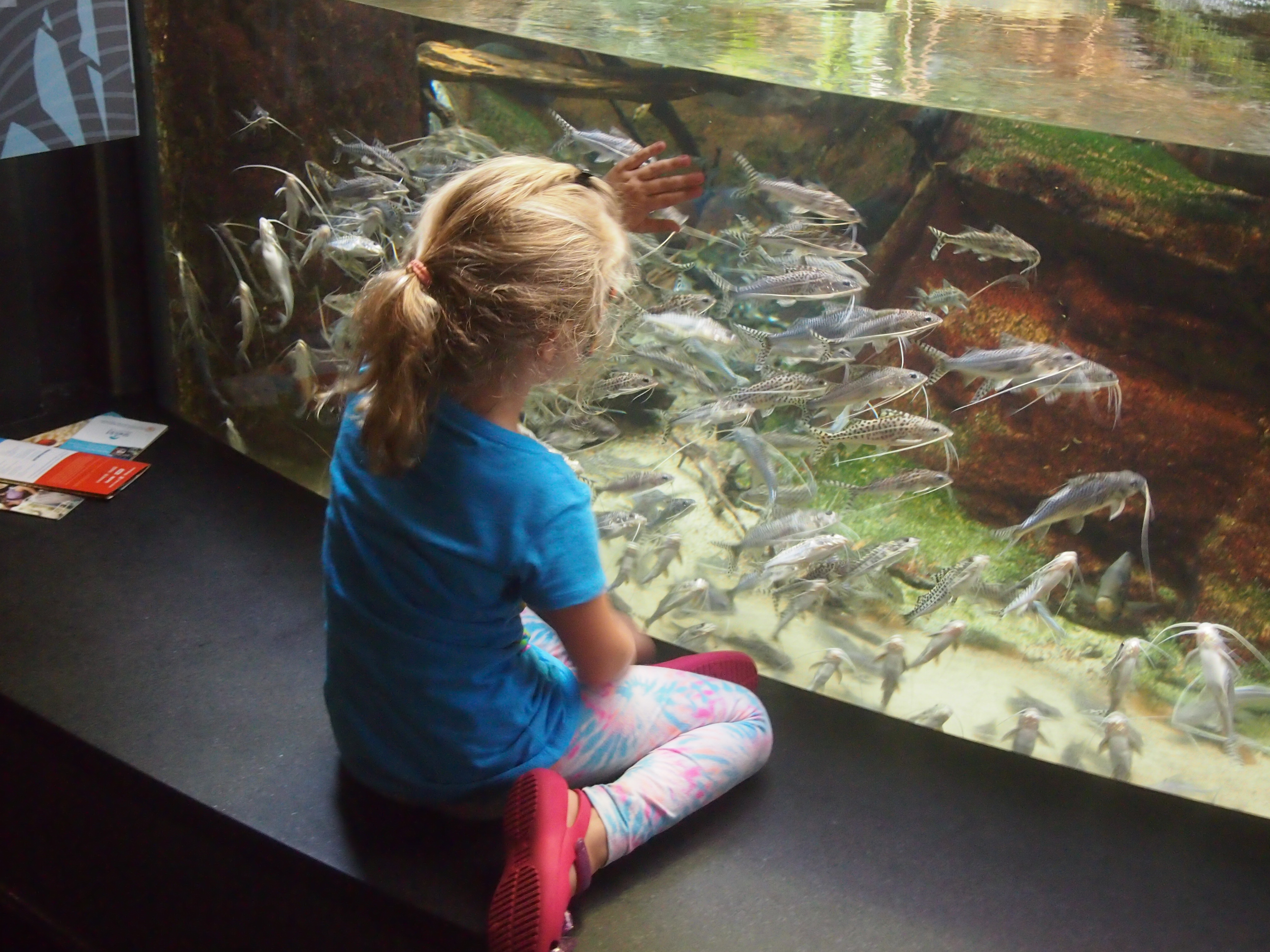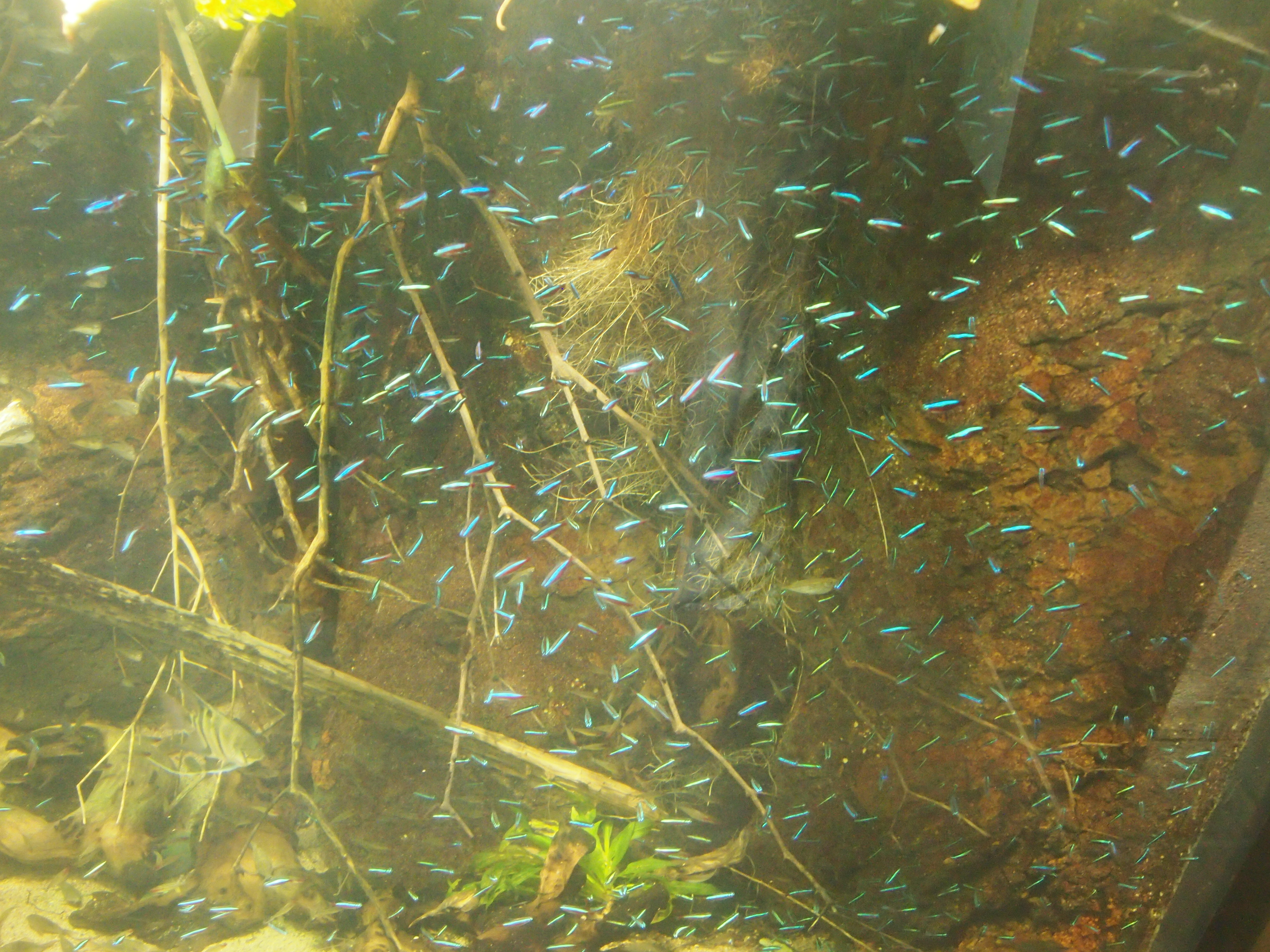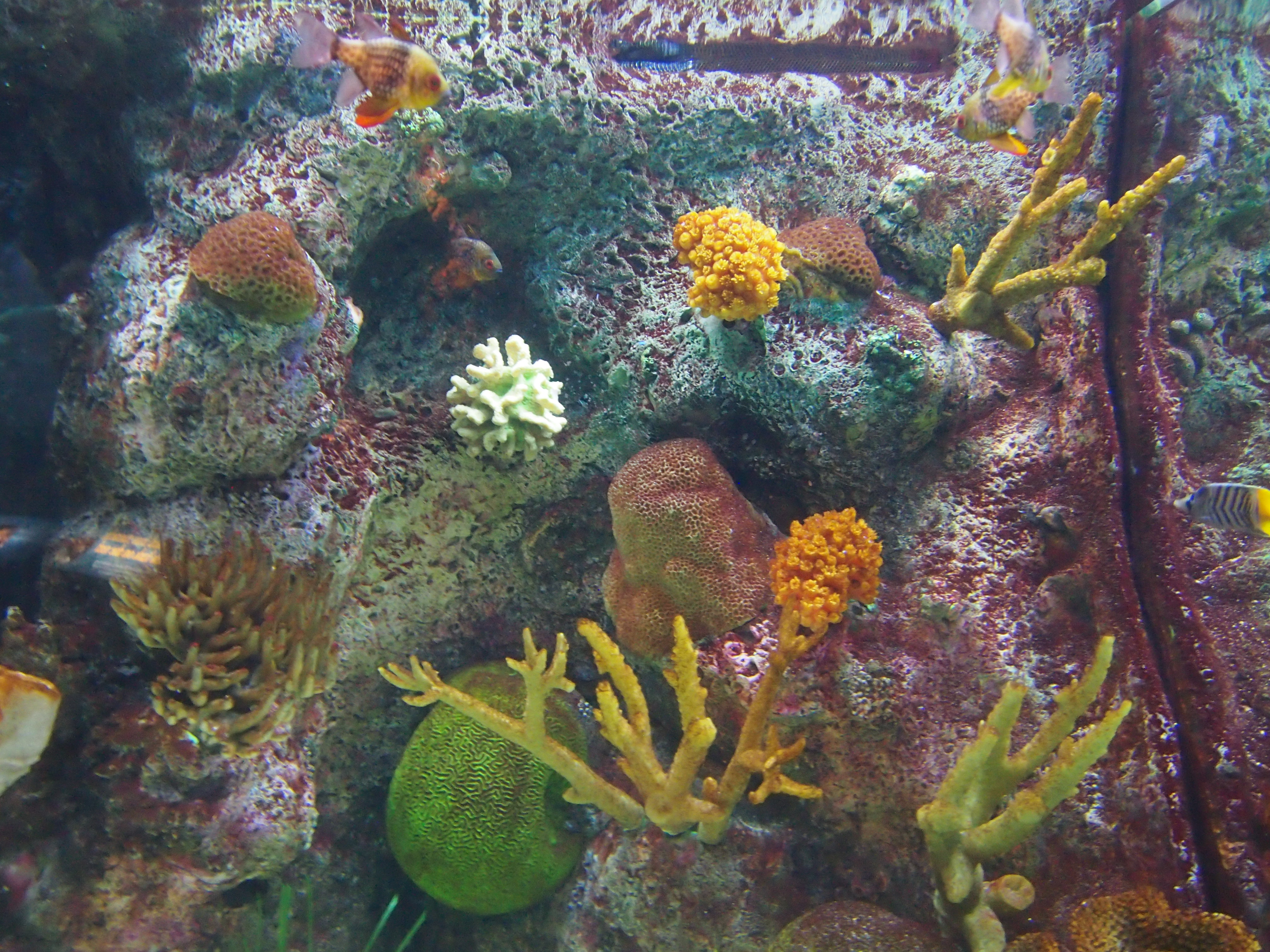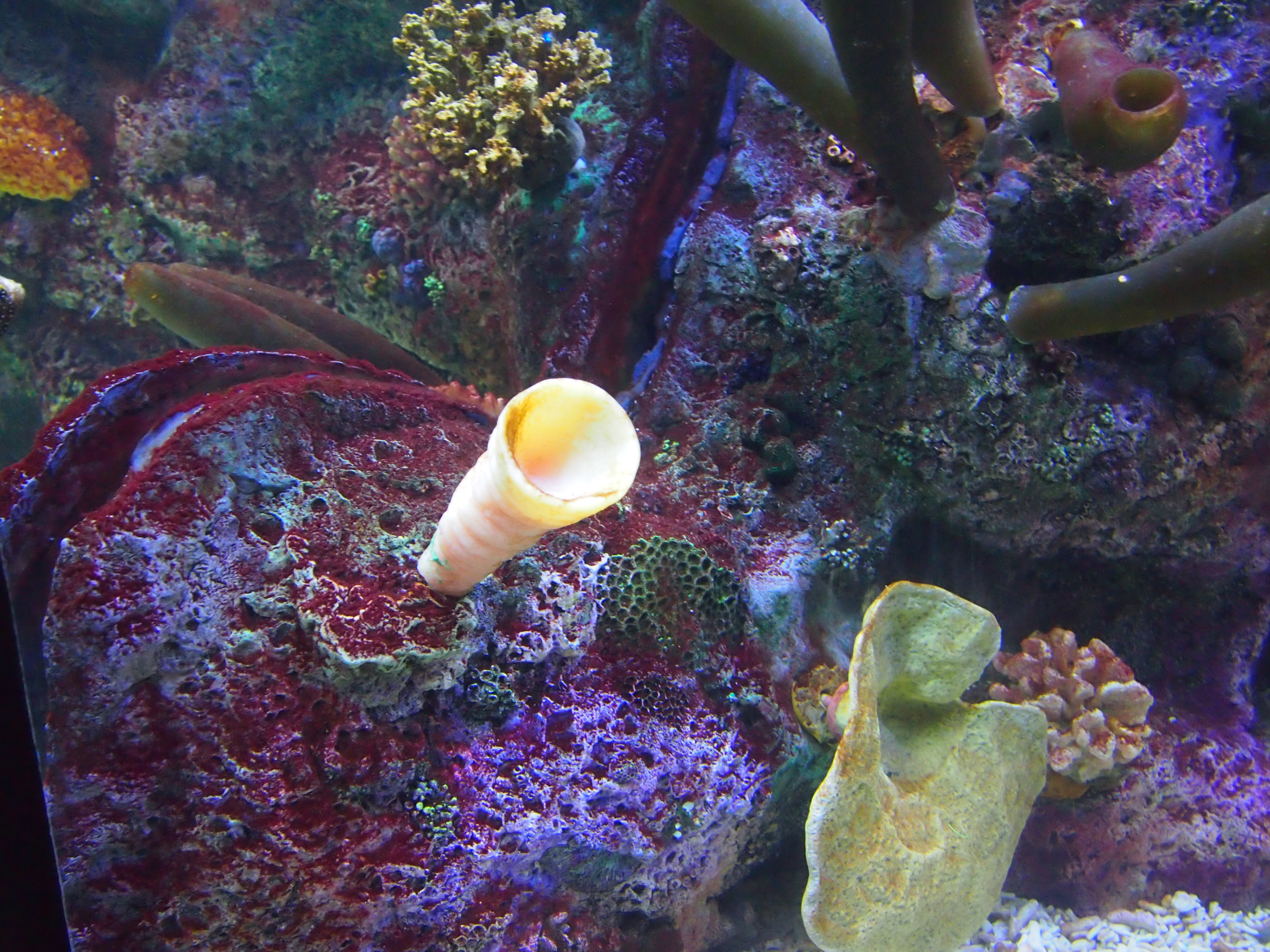Turns out there are two kinds of building-visiting events in the world, Open House and Doors Open, and a good many cities in a lot of countries participate in one or the other. (Shucks, missed Milwaukee’s — next year, maybe). As far as I can tell, the idea is exactly the same in both cases: one weekend out of the year, various buildings are open — maybe a little more open than they’d usually be — and you can wander in and look around. A really good idea, if you asked me.
I was out of town last year, but participated in Open House Chicago in 2013. Yuriko and I went in ’14, and again this year, on Saturday. This time our focus was Evanston and some sites on the North Side of Chicago. All are parts of metro Chicago that we know well, but no matter how well you know a place, there’s always more to it. First we drove to Evanston, and then on foot and by El train, we managed to visit more than a dozen places new to us.
Including, in Evanston: the Francis Willard House Museum, Sigma Alpha Epsilon National Headquarters (Levere Memorial Temple), Northwestern University’s Charles Deering Library and its Dearborn Observatory, Stone Terrace (an elegant B&B near Lake Michigan), the First Presbyterian Church of Evanston, and the Lake Street Church of Evanston.
In the Uptown neighborhood of Chicago, we had lunch at a good Vietnamese restaurant — there are many around Broadway and Argyle — and then went to the Bridgeview Bank Building, the Buddhist Temple of Chicago, the ICA GreenRise and the Preston Bradley Center (the Peoples Church).
In the Rogers Park neighborhood of Chicago, just as our energy flagged, we managed to make it to the International Society for Krishna Consciousness building and then, practically across the street, St. Jerome’s, a Catholic church just about to start one of its Saturday masses, in Spanish.
With Evanston as target for the morning, we naturally spent a while walking around the still-leafy campus of Northwestern. The university, we saw, was quick to honor faculty member and recent Nobel laureate, Sir Fraser Stoddart.
Among other things, Sir Fraser is known for his work on mechanically interlocked molecular architectures. How it’s possible to understand such things, besides what they are in the first place, is a source of puzzled wonderment to me. But I’m glad there are people who do understand such things.
Sir Fraser’s banner was on Sheridan Road, near the southern edge of the school. From there we went further north, into the heart of the campus, where we chanced on Sir Fraser’s parking space.
This amused me for no good reason. Maybe it’s because Sir Fraser drives a Camry too (and does have a license plate, which I’ve blocked). His looks in better shape than mine.


